The Villa Romana del Casale is the ruin of an Imperial Roman villa, dating to approx. 320 CE, with the richest, largest and most complex collection of late Roman anywhere mosaics in the world.
It was probably a country retreat for somebody unknown of very high rank around the time of Maxentius and Constantine the Great.
The site is located about 5km outside the town of Piazza Armerina. It is the richest, largest and most complex collection of late Roman mosaics in the world. The Villa Romana del Casale is a UNESCO World Heritage Site.
Background
The Villa Roman del Casale was constructed on the remains of an older villa in the first quarter of the fourth century, probably as the centre of a huge latifundium covering the entire surrounding area.
How long the villa kept this role is not known, maybe for less that 150 years, but the complex remained inhabited and a village grew around it, named Platia, derived from palatium.
It was damaged, maybe destroyed during the domination of the Vandals and the Visigoths, but the buildings remained in use, at least in part, during the Byzantine and Arab period. The site was finally abandoned for good when a landslide covered the villa in the 12th century CE, and remaining inhabitants moved to the current location of Piazza Armerina.
The existence of the villa was almost entirely forgotten (some of the tallest parts have always been above ground) and the area used for cultivation.
Pieces of mosaics and some columns were found early in the 19th century, and some excavations were carried out later in that century, but the first serious excavations were performed by Paolo Orsi in 1929, and later by Giuseppe Cultrera in 1935-39. The latest major excavations were in the period 1950-60 by Gino Vinicio Gentile after which the current cover was build. A few very localised excavations have been performed in the 1970s by Andrea Carandini.
Two other late Roman villas have been found in Sicily: The Villa Romana del Tellaro near Noto in the SE., and the Villa Romana di Patti Marina on the N. coast near Messina. They are smaller, but architecturally very similar, and like the Villa Romana del Casale adorned with beautiful mosaics.
The Latifundium and the Villa
In late antiquity most of the Sicilian hinterland was partitioned into huge agricultural estates called “latifundia” (sing. “latifundium”). The size of the villa and the amount and quality of the artwork indicate that the villa was the main centre of such a latifundium, whose owner was probably a member of senatorial class if not of the imperial family itself, i.e., the absolute upper class of the Roman Empire.
The villa has served several purposes. The villa contained some rooms that were clearly residential, others that certainly had representative purposes and a number of rooms whose intended use cannot be discerned today, though they are definitely not for production purposes. As such the villa would probably have been the permanent or semi-permanent residence of the owner; it would have been where the owner, in his role as patron, would receive his local clients; and it would have been the administrative centre of the latifundium.
Currently only the manorial parts of the complex have been excavated. The ancillary structures, housing for the slaves, workshops, stables etc, have not yet been located.
The villa was a single-story building, centred around the peristyle, around which almost all the main public and private rooms were organised. Entrance to the peristyle is via the atrium from the W., with the thermal baths to the NW., service rooms and probably guest rooms to the N., private apartments and a huge basilica to the E., and rooms of unknown purpose to the S. Somewhat detached, almost as an afterthought, is the separate area to the S. with the elliptical peristyle, service rooms and a huge triclinium.
The overall plan of the villa was dictated by several factors: older constructions on the site, the slight slope on which it is build and the passage of the sun and the prevailing winds. The higher ground to the east is occupied by the Great Basilica, the private apartments and the Corridor of the Great Hunt, the middle ground by the Peristyle, guest rooms, the entrance area, the Elliptical Peristyle and the Triclinium, while the lower ground to the west is dedicated to the thermal baths.
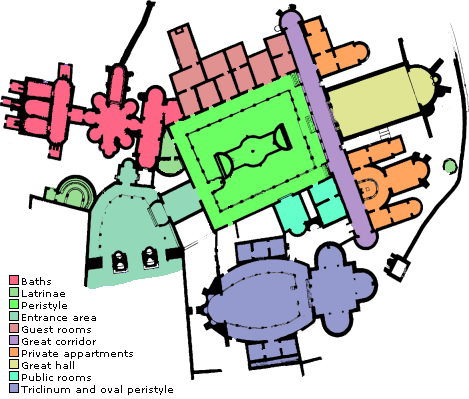
The whole complex is somewhat unusual, as it is organised along three major axes. The primary axis is the (slightly bend) line that passes from the atrium, tablinum, peristyle and the great basilica (coinciding with the path visitors would follow), while the thermal baths and the elliptical peristyle with the triclinium are centred on separate axes. In spite of the the different orientations of the various parts of the villa they all form a single structure, build at the same time. There are no indications that the villa should have been build in several stages.
Little is known about the earlier villa, but it appears to have been just a large, probably build around the start of the second century.
How the Villa Was Used in Antiquity
The common visitor of the villa would arrive at the entrance, where the he (it would probably be a male) would see the imposing three way arch of triumph with fountains between the arches and frescoes on the walls to the side. This would be a testimony to the military might of the proprietor of the villa.
Passing the arch the visitor enters the atrium, which featured a fountain at the centre and a shady colonnade on two sides. To the left would be a passage to the latrine, in case the visitor had to absent himself on behalf on nature, and to the right the tablinum, the entrance to the peristyle. Lesser important visitors would probably not go any further that the atrium.
In the tablinum the visitor is greeted symbolically by mosaics of the hosts offering olive branches before entering the peristyle. Here he would be made to wait in the shade under the colonnade until he could be received in the great basilica. Here too was a more luxurious internal latrine in case of need. Many visitors would never be allowed further that this.
The most welcome visitors would be permitted to climb the few steps to the stupendous corridor of the great hunt where he would again have to wait. Here he could admire the mosaics depicting the strange animals that could be found on the other estates of the patron.
At last, if he was one of the lucky few, he might be invited to enter the great basilica to meet the master of the house in person.
The rest of the villa would probably be off limits for all but select few, mostly the peers of the owner. They could be invited to use the thermal baths with the owner (go to the baths was an occasion for socialising for the Romans) or have dinner or conversation with him in the elliptical peristyle and the triclinium.
The Use of the Rooms
Most of the rooms in the villa have clear purposes, which can be determined from their position in the complex and from the decorative elements in the room. There is no doubt about the purpose of the thermal baths, the various latrines, and of the areas that were definitely intended for the public, such as the entrance, atrium, tablinum, peristyle and the great basilica. Also, the elliptical peristyle and the triclinium are certain as (semi-)private area intended for relaxing and dining.
Of the guest rooms some have probably been service rooms, while others have been intended for guests or for proprietor and his family. Some of the rooms have simple geometric mosaics, some poorly laid, indicating a less prestigious purpose, while others have elaborate figurative mosaics, such as the room of the dance, the room of the fishing cupids and the room of the little hunt, hinting at higher status users.
The private apartments have several interpretations. The larger (southern) apartment has a central hall (the Hall of Arion) flanked by smaller rooms with mosaics of children at play or at work, so this has been described as the cubiculi of the domina and the children, while the smaller (northern) apartment which has a cubiculum with erotic mosaics, was taken to be the quarters of the pater familias. This theory is contradicted by the fact that the highest ranking member of the family should have the smaller, and less ostentatiously decorated rooms, while the children would have much more sumptuous sleeping quarters of almost the same size. The size, position and decoration of the apartments make much more sense if they are seen as separate apartments for two couples of unequal social status. The larger and more luxuriously decorated apartment would belong to the higher ranking couple and the smaller apartment to the other couple. There are some clear parallels in the organisation of the two apartments. Both have two cubiculi, one with a square apse and one with a round apse (which could be for the male and the female occupant resp.) with a common entrance. In the larger apartment the Hall of Arion could have been a library.
Another room without a known purpose is the Hall of Orpheus. It has been likened to the central hall in the larger apartment due to their equal size, but it could also be a parallel to the Great Basilica in that it is a room with an apse. If the villa was inhabited by two families of unequal standing, both men would have proper surroundings for the reception of guests and clients.
The Name of the Villa
The excavations of the villa have unearthed no information about the identity of the villa or its owner. Travel guides from antiquity, the Itinerarium Antonini, gives the third last mansio (station for rest and change of horses) on the Catania-Agrigento road as Philosophiana, located 45 roman miles before Agrigento. This falls in the region of the villa.
About 5km to the south of the villa is the more modest location of Sofiana, where Roman remains are clearly associated with the latifundium Philosophiana. The very name “Sofiana” appears derived from the ancient name of the site. Sofiana is the most likely candidate for the mansio on the main roman road. The stations on the road were normally named after the latifundium on whose territory they were located, so the latifundium of the villa was probably named Philosophiana.
Who Was the Owner of the Villa?
Several theories have been proposed about the probable identity of the first owner of the villa. Gentili and others assumed the villa could be attributed to the Roman emperor Maximianus Herculius. His argumentation parts from the presence of images of ivy leafs in many of the mosaics in the villa, a decorative element often associated with Maximianus Herculius. The villa has also been ascribed to Maxentius, the son of Emperor Maximianus Herculius, and to Claudius Mamertinus, who was prefect of Illyricum, Italia and Africa under Julian the Apostate.
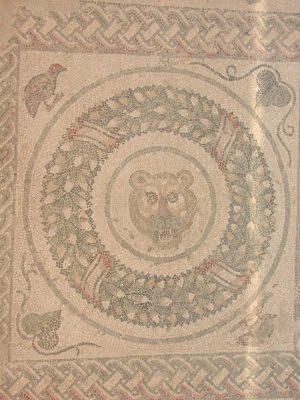
Another theory departs from the fact that there are elements in the villa from both the military sphere and the civilian world. The entrance has had all the characteristics of an arch of triumph and remains of military insignia can be found on the walls besides the entrance arches. There are also certain military elements in some of the mosaics, such as soldiers. On the other side the whole complex is inherently civilian, and major parts of the mosaics contain references to literature and poetry, which together with the name of the villa leads to believe that the owner of the villa was an accomplished intellectual.
At the time of the building of the villa military and civilian careers had been separated for decades, since the reforms of Diocletian. No single person could have both military and civilian responsibilities. There is, however, a known exception. C. Ceionius Rufius Volusiano had been Prefect of the City of Rome, a civilian responsibility, and consul under both Maxentius and Constantine I, but he had also been prefect of the praetorian guard (a military post) under Maxentius, for whom he had suppressed a rebellion in Africa, where he incidentally also had huge estates. His son, Ceionius Rufius Albinus, was consul in 335 and Prefect of the City. Albinus was also a renowned writer on logic, geometry, history and poetry. Traditionally the honorary crown of a poet was made of ivy, explaining the repeated use of leafs of ivy in the decorations of the villa. Furthermore, in the only surviving official inscription dedicated to him, he is given the title philosophus, just as the latifundium. In favour of a father-son occupation of the villa is the fact that there are two private apartments in the villa and two separate halls for receiving clients, in both cases a larger and a smaller.
This theory, like all the others, is only supported by circumstantial evidence. The bottom line is that we don’t know who commissioned the villa and that we probably won’t know, unless some unambiguous inscription is found in the future. In the mean time we can summarise what we do know with a reasonable certainty about the owner: he was very wealthy and powerful, probably a member of the senatorial class or the imperial family; he had property in Africa; he made money from the capture of wild animals for the venationes in the Colosseum and elsewhere; he was fond of hunting; he was a lover and patron of music and poetry; he used leaves of ivy as a personal or family symbol; he was almost certainly pagan; and last but not least, he supported the factio prasina in the races in the Circus Maximus.
The Mosaics
The mosaics are the prime reason for the fame of the Villa Romana del Casale.
The mosaics are probably made by African artists in the early 4th century CE. The North African provinces were in the economic and artistic forefront in the 4th century, and polychrome mosaics were one of the specialities of the North African artists. The mosaics at the Villa Romana del Casale are clearly African in origin, and mosaics very similar has been found in Cartage and other places in North Africa. Many of the motives of the mosaics are also African in nature, especially the hunting scenes. A substantial part of the tesserae, the small coloured stones, used in the mosaics are of African origin, so it seems the mosaicists have brought with them the colours they couldn’t find locally.
It has been debated a lot whether the mosaics are made at the same time or over a prolonged period, and if it is the work of a single or several groups of mosaicists. While it is probable that several schools or companies of mosaicists have participated due to the large quantity of mosaics, it is likely that almost all mosaics are made within a fairly short period of time. Motifs such as “fishing cupids” appear repeatedly, in every single part of the villa and unmistakenly by the same artists or group of artists, so all the major parts of the villa must have been made within a short period of time, probably less than ten years. It is also highly unlikely that the commissioner of the villa would accept waiting decades for the last mosaics to be laid.
Little is known about the methods employed by the mosaicists. Many motifs, such as “lion killing antelope”, “hunters carrying wild boar tied to a pole”, “man on horseback abducting tiger’s cub”, “animals boarding ship” and “child killing animal with spear”, appear in many other places around the empire, so it is likely that the mosaicists had some kind of catalogues of standard motifs that were used again and again. It is not known if such catalogues were shown to costumers or if they were internal company worksheets. A centralised production of mosaic fragments is not very likely, since such fragments would be fragile and prone to breaking during transportation. It would be easier to move the workmen. The most likely model is that the complete composition was made on location, as it had to be fitted to the exact space available, using well-known motifs for some parts and custom made motifs for others.
There has almost certainly been some division of labour between the mosaicists. The masters probably made the overall composition and maybe drew it on the ground, and skilled tessellarii, the tessarae layers, would make the central parts, less skilled apprentices the standard motifs and the latest novices the white spaces. There is some signs that the workforce was stretched to the limit during the work in the villa. A non-standard mosaic as the chariot races in the palestra is certainly drawn by a skilled designer, but the workmanship is poor. Maybe the better skilled workmen were already busy in more important rooms, forcing the master to assign a less skilled workforce to the circus mosaic.
Rooms with particularly interesting mosaics are:
The corridor of the great hunt with hunting scenes from Africa, an allegory of India or Arabia, and the embarkation of the animals for transport to the Colosseum in Rome.
The Triclinium has magnificent mosaics with mythological motives related to the Labours of Hercules, showing the arrow stricken giants, the carnage after the Twelve Labours of Hercules, and Hercules’ coronation and introduction in Olympus.
In the smaller private apartments there is the Vestibule of Polyphemus with a mosaic of Ulysses and Polyphemus; the cubicle with erotic mosaic which is a bedroom with geometric mosaics with an erotic scene; and the cubicle of fruits, another cubiculum with geometric mosaics with depictions of fruit.
In the larger private apartments there are the Atrium of the Fishing Cupids with more scenes of fishing cupids; the Vestibule of Eros and Pan; the Cubicle of Children Hunting; the Hall of Arion; the Vestibule of the Small Circus;
In the public rooms there are the Hall of Orpheus with mosaics of birds and wildlife; and the famous Room with girls in bikini (a bit ante litteram!).
In the thermal baths: the frigidarium with scenes of fishing cupids; the palestra with horse races at the Circus Maximus; and the entrance to the baths with a “family picture” of the domina with children and slaves.
In the guest rooms there is the room of the dance with dancing women; the room of the fishing cupids with scenes of fishing cupids and seafood; the room of the little hunt with hunting scenes with offering to Diana.
In the Entrance area there is only the tablinum with a mosaic of the host welcoming the guests.
Statues, Wall Painting and Other Decorative Elements
The mosaics are the major attraction of the villa today, but when it was build, the mosaics were just one of many decorative elements.
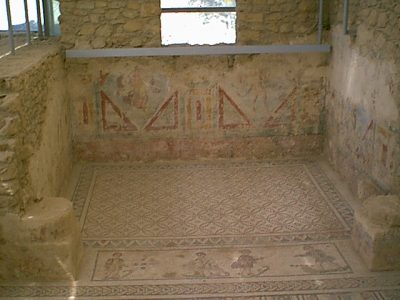
Marble was used extensively throughout the villa. Many walls were covered with marble veneer, and the floor in the Great Basilica was an elaborate inlay-work in polychrome marble. Many columns and statues were of marble. The marble used came from all major quarries in the empire, and almost all types of marble has been used in the villa.
Columns were used in many places, some for structural purposes, other simply as decorative elements.
Statues were present in many parts of the villa. Some fragments have been found during the excavations, and it seems there have been a statue of Venus in entrance to the baths from the atrium, of a cherub holding a dove in the Peristyle, of Apollo in the Room of Orpheus, and a large statue, maybe of the emperor, in the Great Basilica. Several other room in the villa have niches or pedestals for statues.
Many wall have been covered with wall paintings. There are noticeable remains in the Cubicle with Erotic Mosaic and in the Room of the Fishing Cupids, but traces of frescoes can be found in almost every room, including the peristyle. The wall paintings have been as colourful and plentiful as the mosaics, but there is precious little to see now.
Visiting the Villa Romana del Casale
As some of the photographs on this page show, it can be hard to take good pictures of the mosaics.
The visitors to the villa have to walk on catwalks mounted on top of the old walls of the villa. This protects the mosaics from wear and tear and often gives the visitor a much better impression of the images than one would have from the floor level, but the limited access as there are only platforms on some walls, means that many pictures are taken from strange angles and the perspective makes the mosaics look contorted and twisted. I have not tried to adjust this on the computer, since I am unsure about how realistic the modified pictures will be.
Dust tend to collect on the mosaics, and even though they are surely cleaned every so often, the fine dust covers the bright colours of the mosaics, making the mosaics look pale and colourless. The photographs on postcards and in tourist books are much more colourful, so they have either been manipulated on computer or a wet cloth has been passed over the mosaics before shooting. Watering mosaics brings out colours that can otherwise only be imagined.
The cover build over the villa lets the sun’s light in through narrow openings, and these lines of sharp light show up on many pictures, adding to the contrast and making it harder to read the mosaics. I will have to go back there on a less sunny day (not that I mind 🙂 )
The yellowish tint on some of the older photographs is caused by a poor camera with a poor flash.
Literature on the Villa
Andrea Carandini: Filosofiana: la villa di Piazza Armerina: immagine di un aristocratico romano al tempo di Constantino, 2 vol, Flaccovio, Palermo, 1982. Also in English. (Volume 2 is a collection of pictures of almost every mosaic and fresco, even the ones the normal visitor cannot see.)
Jerôme Carcopino: Daily Life in Ancient Rome: The People and the City at the Height of the Empire, Yale University Press, 1960 (orig: Paris, 1939).
Filippo Coarelli, Mario Torelli (eds.): Guide Archeologiche Laterza, Sicilia, Laterza, Bari, 2000.
Margaret Guido: Sicily: An Archaeological Guide: The Prehistoric and Roman Remains and the Greek Cities, Faber & Faber, 1977.
Gino Vinicio Gentili: The Imperial Villa of Piazza Armerina, Tipografia dello Stato, Rome, 1956 (tourist guide).
Gino Vinicio Gentili: La villa Erculia di Piazza Armerina. I mosaici figurati“, Rome, 1959.
Biagio Pace: I mosaici di Piazza Armerina, Casini, Rome, 1955.
Antonino Ragona: Il proprietario della Villa romana di Piazza Armerina, Caltagirone, 1962.
R. J. A. Wilson: Piazza Armerina, University of Texas Press, 1983. (In English, highly recommended).
Literature on Ancient Mosaics
Katherine M. D. Dunbabin: Mosaics of the Greek and Roman World, Cambridge University Press, 2001.
Roger Ling: Ancient Mosaics, Princeton University Press, 1998.
Links
The official web-site of the museum.
The Perseus Digital Library: Piazza Armerina
Photo gallery for "Villa Romana del Casale"
There are 232 photos in this gallery.
-
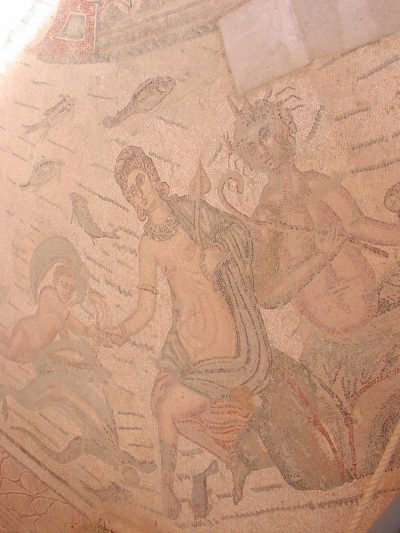
p1010215 -
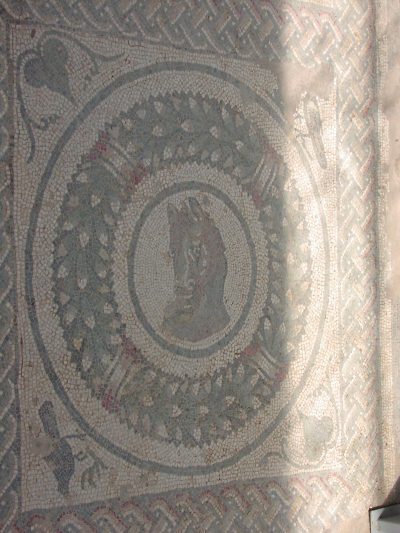
p1010218 -
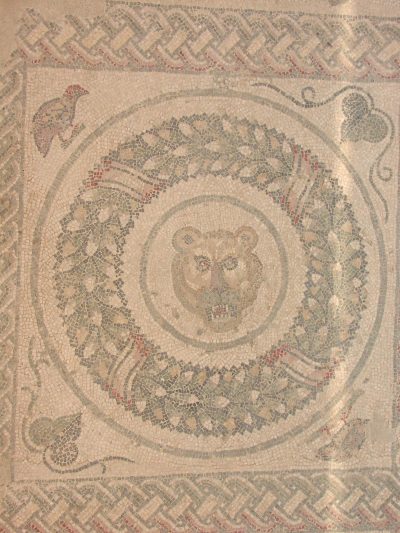
Villa Romana del Casale - Mosaic from the peristyle with leafs of ivy -
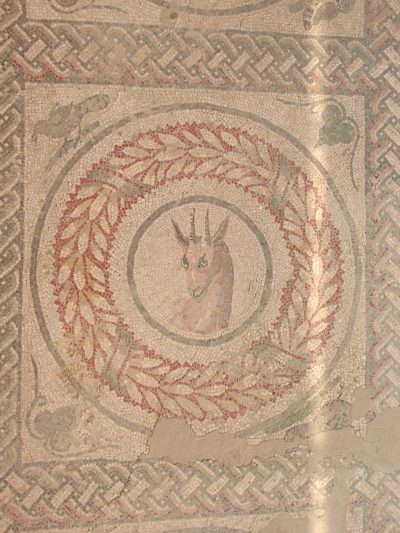
p1010227 -
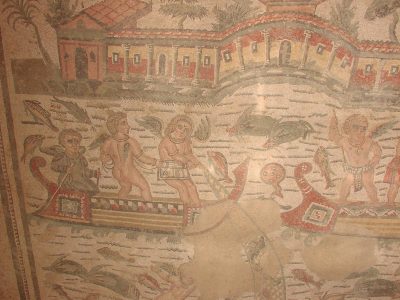
p1010232 -
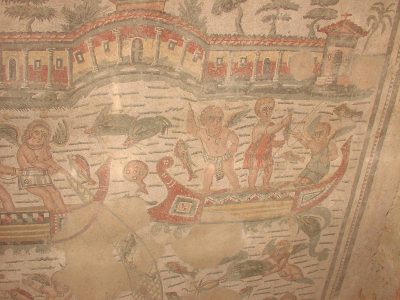
p1010233 -
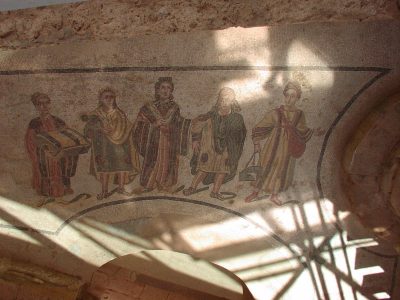
p1010221 -
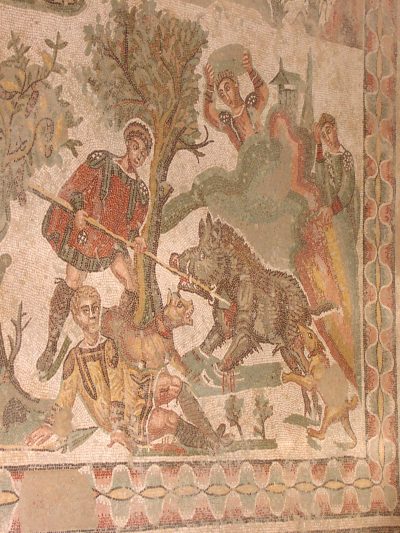
Villa Romana del Casale - mosaic with a hunt for wild boar -
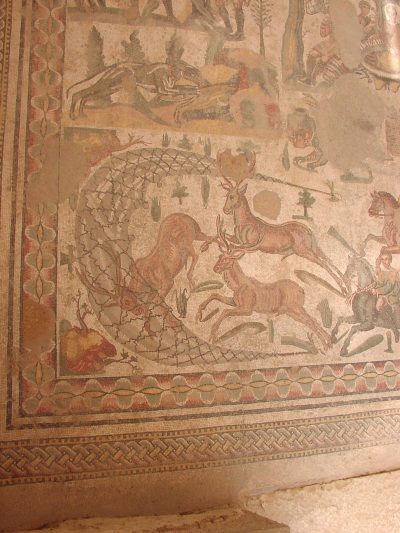
p1010229 -
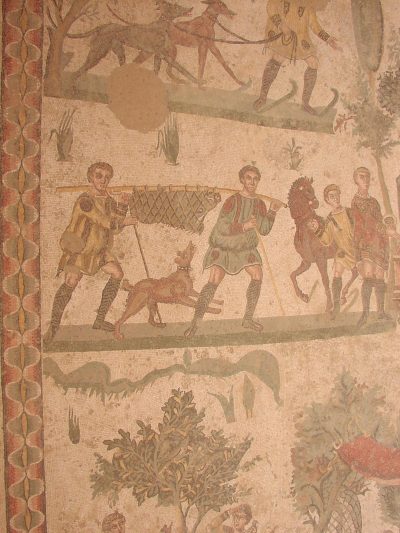
p1010230 -
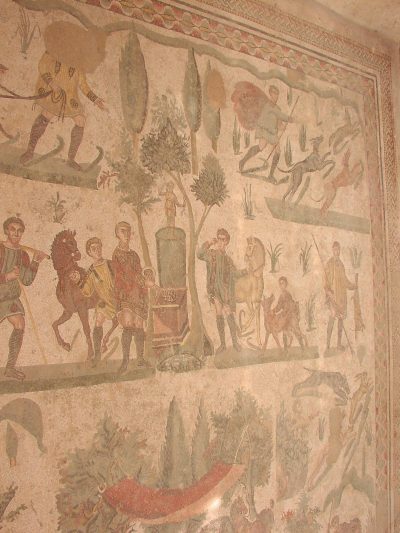
p1010231 -
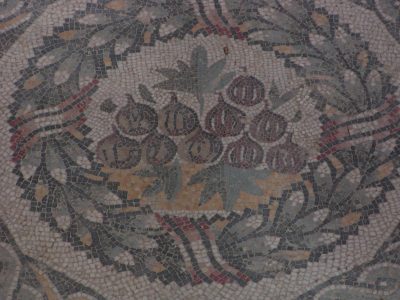
2001-09-13-153945 -
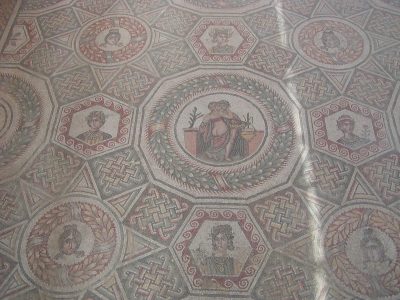
2001-09-13-153900 -
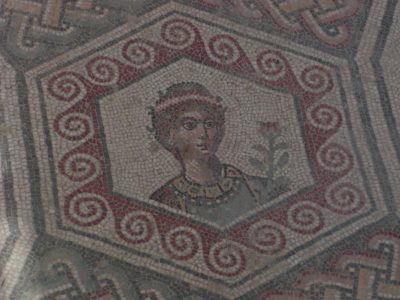
2001-09-13-153849 -
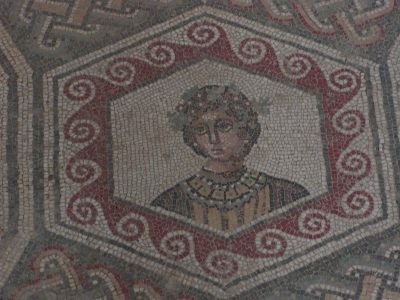
2001-09-13-153840 -
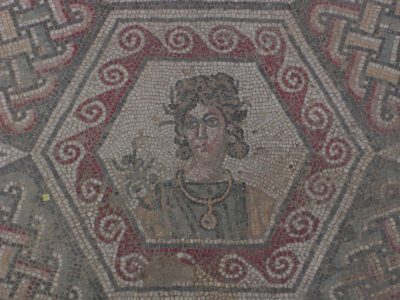
2001-09-13-153831 -
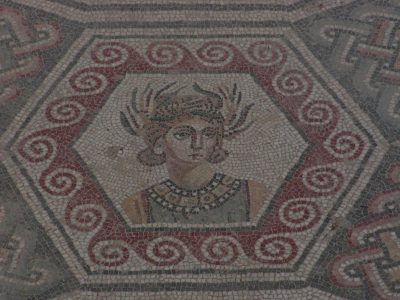
2001-09-13-153821 -
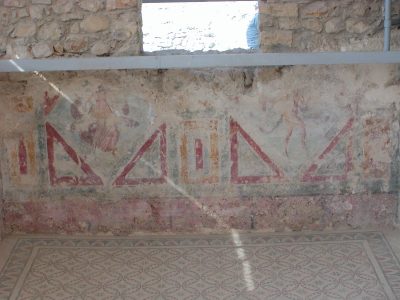
2001-09-13-153649 -
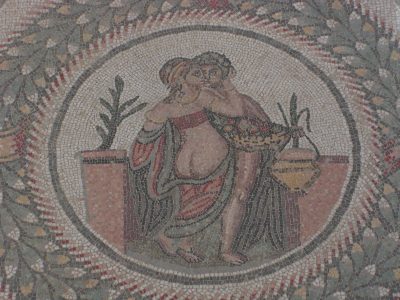
2001-09-13-153608 -
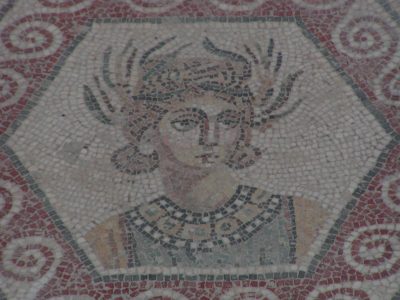
2001-09-13-153534 -
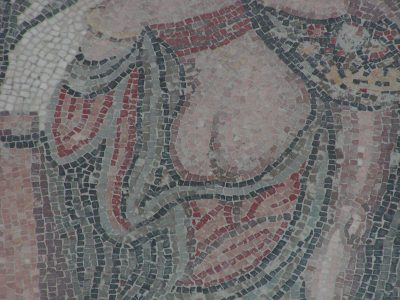
2001-09-13-153438 -
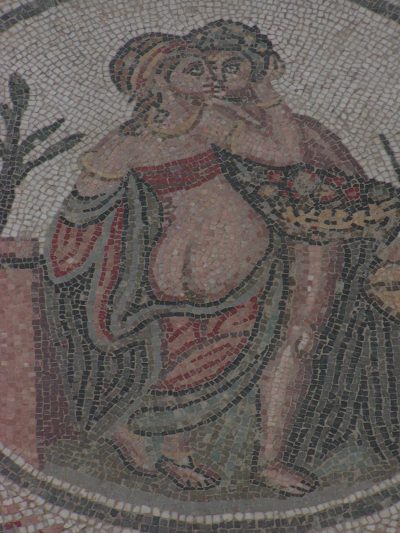
Villa Romana del Casale - Erotic scene from the smaller private apartment -
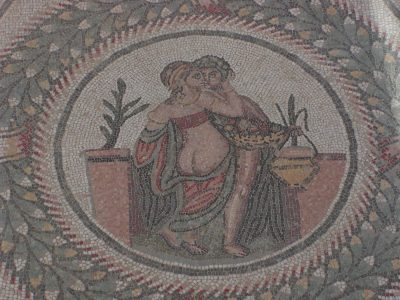
2001-09-13-153415 -
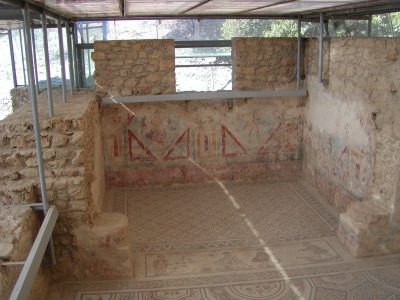
2001-09-13-153348 -
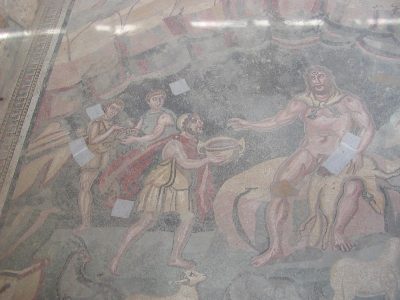
2001-09-13-153336 -
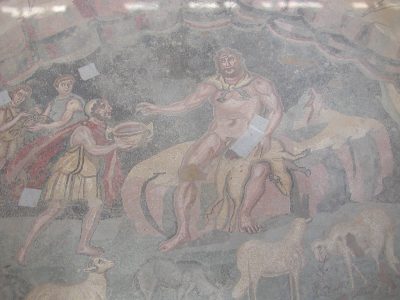
2001-09-13-153328 -
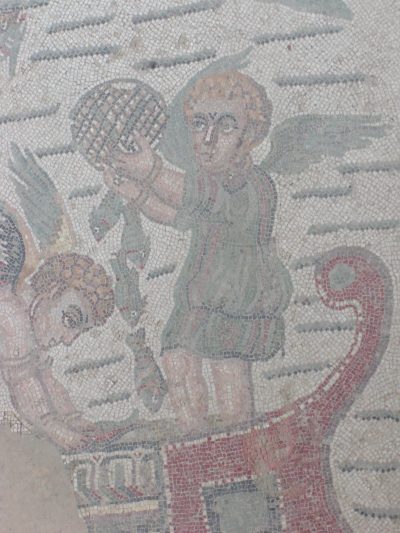
2001-09-13-143525 -
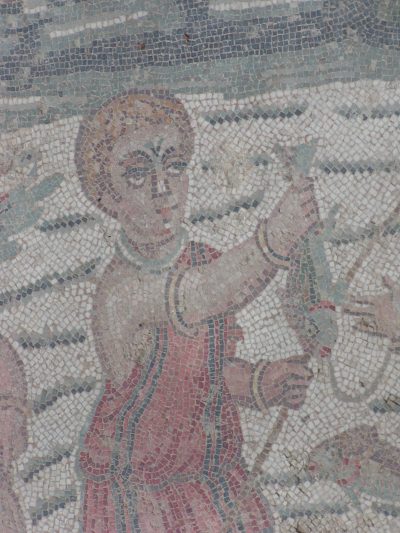
2001-09-13-143509 -
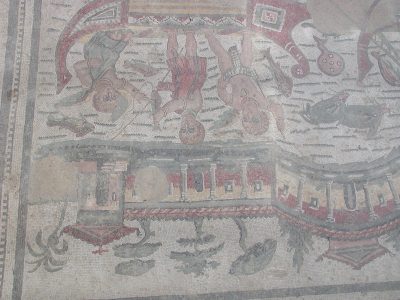
2001-09-13-143424 -
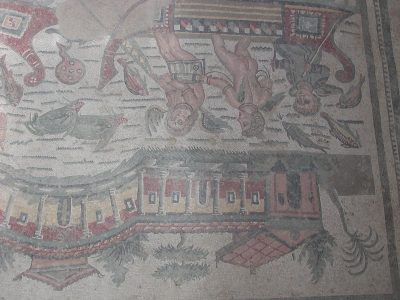
2001-09-13-143305 -
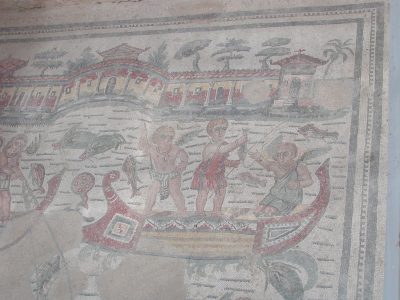
2001-09-13-143244 -
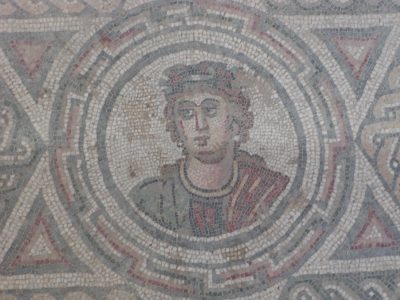
2001-09-13-143140 -
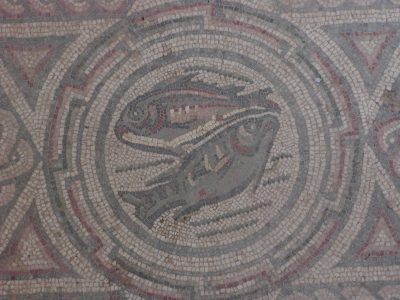
2001-09-13-143131 -
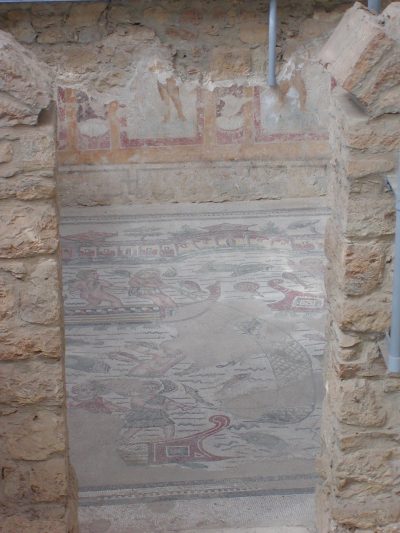
2001-09-13-143057 -

2001-09-13-142452 -
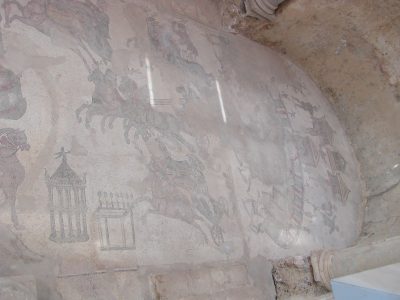
2001-09-13-142221 -
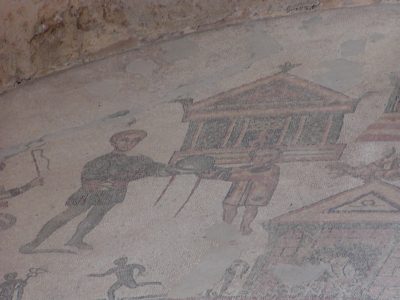
2001-09-13-142210 -
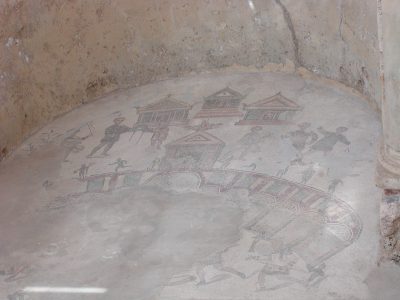
2001-09-13-142149 -
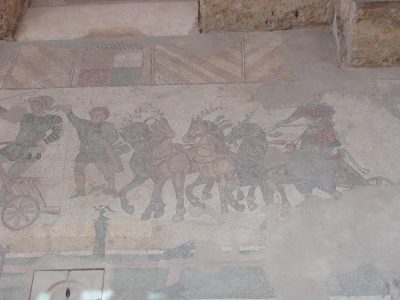
2001-09-13-142136 -
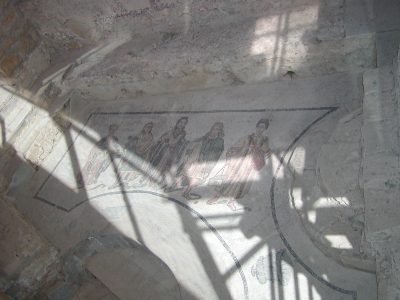
2001-09-13-142109 -
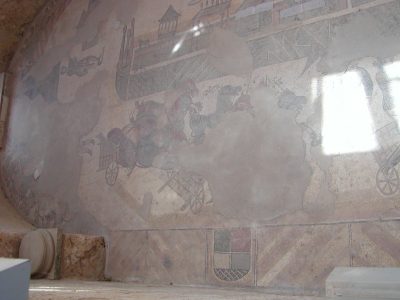
2001-09-13-141739 -
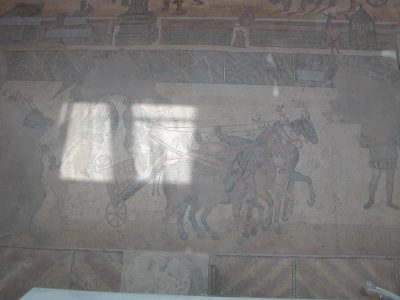
2001-09-13-141714 -
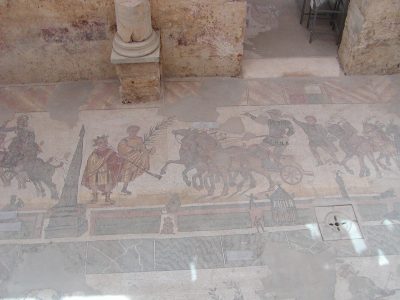
2001-09-13-141658 -
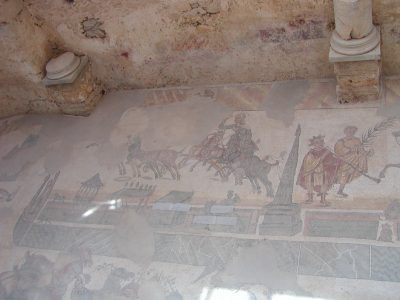
2001-09-13-141653 -
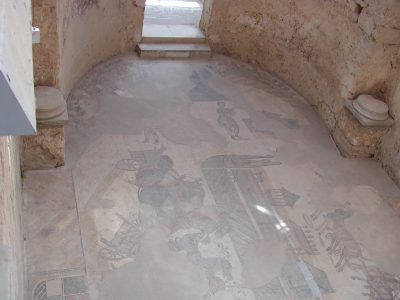
2001-09-13-141647 -
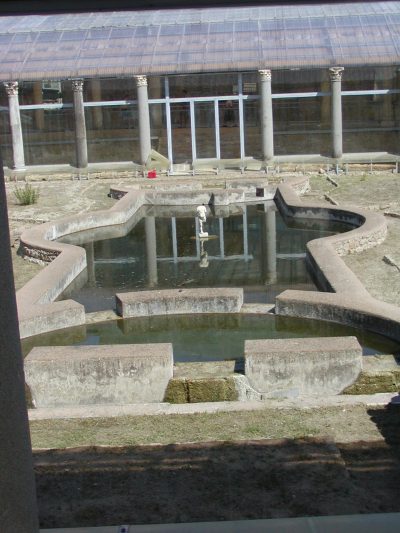
2001-09-13-140856 -
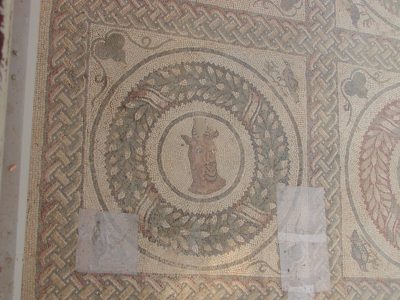
2001-09-13-140847 -
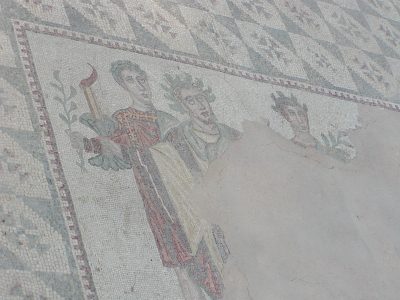
2001-09-13-140333 -
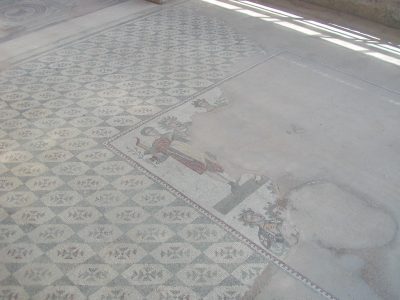
2001-09-13-140322 -
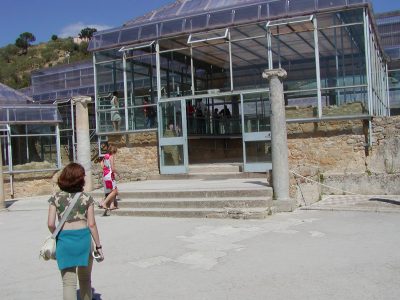
2001-09-13-135819 -
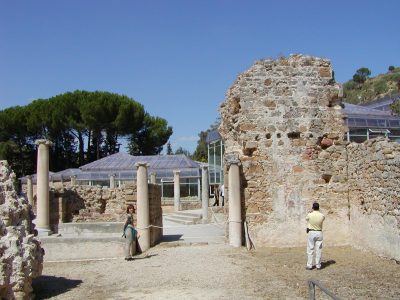
2001-09-13-135719 -
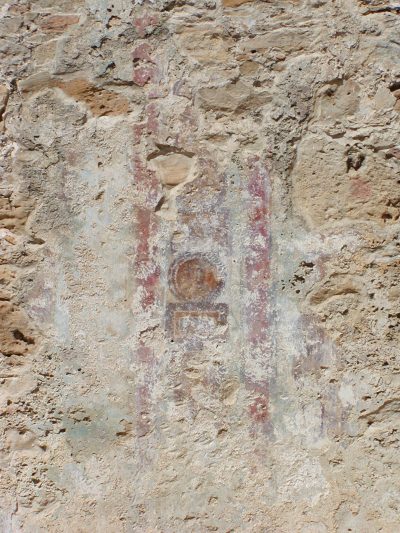
2001-09-13-135649 -
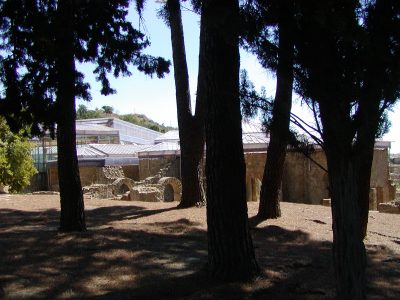
2001-09-13-132412 -
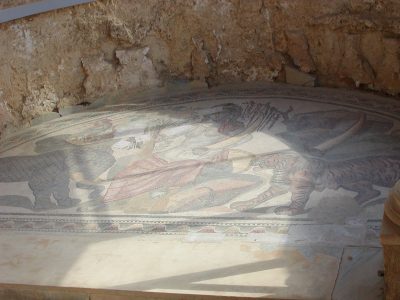
2001-09-13-151724 -
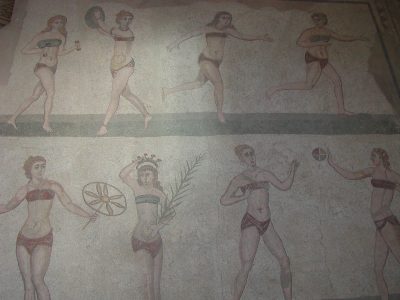
2001-09-13-151654 -
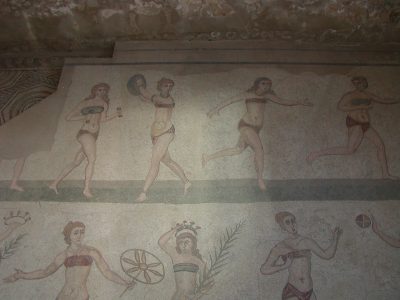
2001-09-13-151638 -
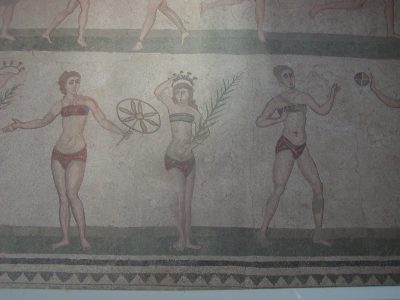
Villa Romana del Casale - The famous Girls in Bikini mosaic -
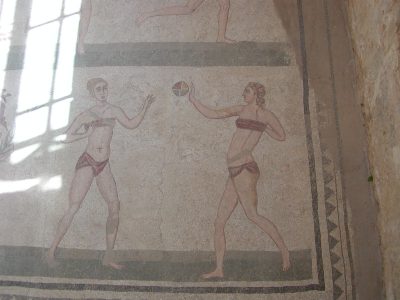
2001-09-13-150927 -
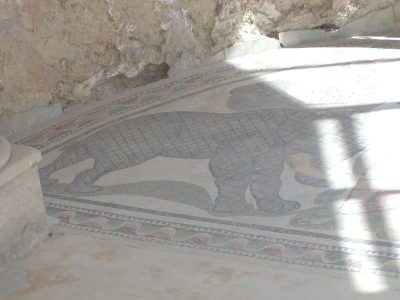
2001-09-13-150631 -
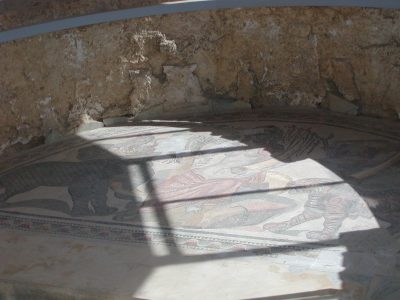
2001-09-13-150453 -
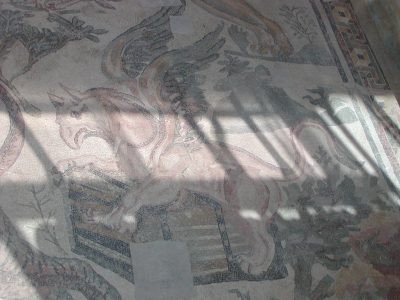
2001-09-13-150441 -
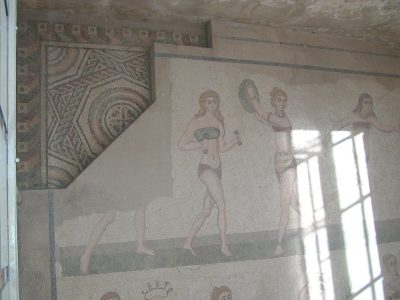
2001-09-13-150328 -
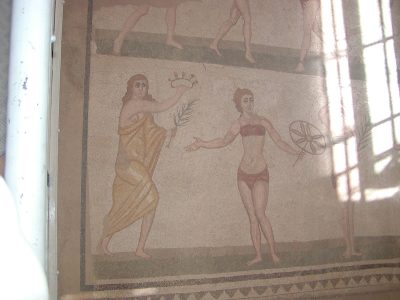
2001-09-13-150316 -
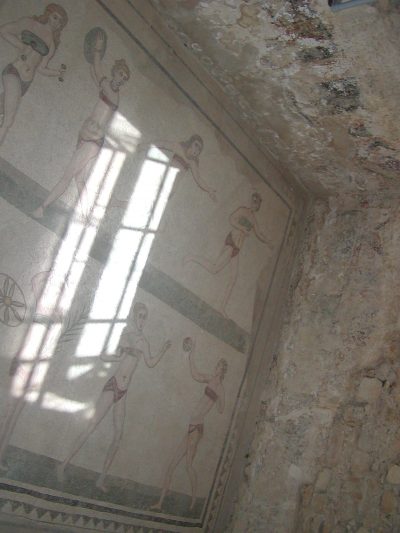
2001-09-13-150301 -
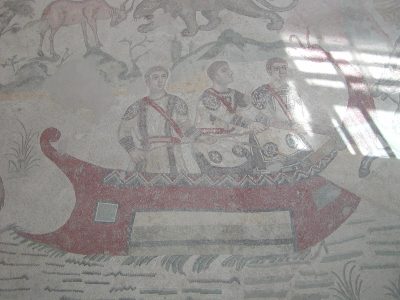
2001-09-13-150244 -
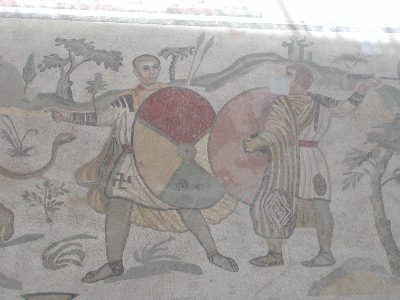
2001-09-13-150226 -
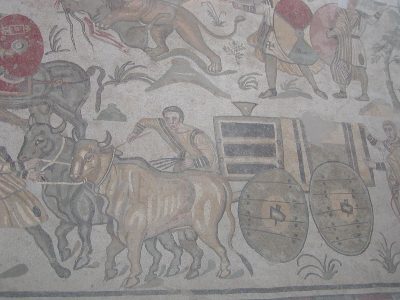
2001-09-13-150123 -
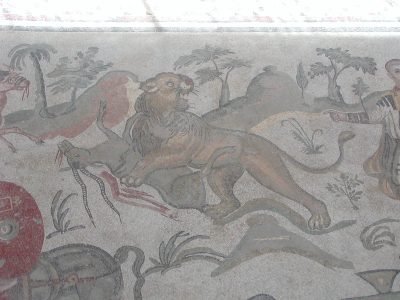
2001-09-13-150111 -
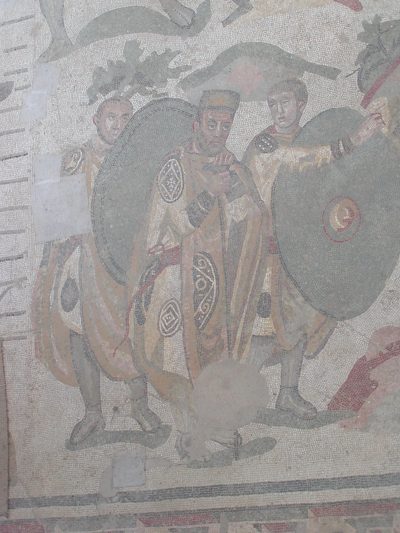
2001-09-13-150058 -
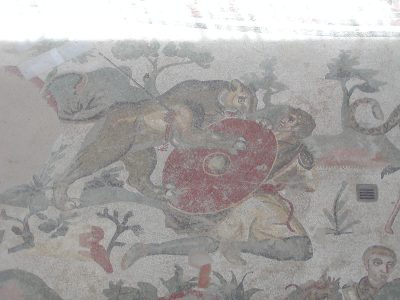
2001-09-13-150045 -
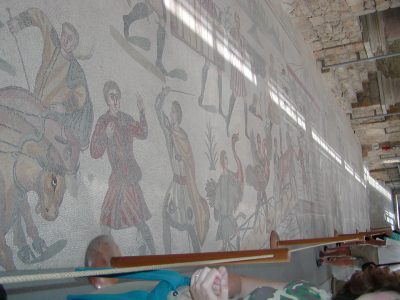
2001-09-13-145407 -
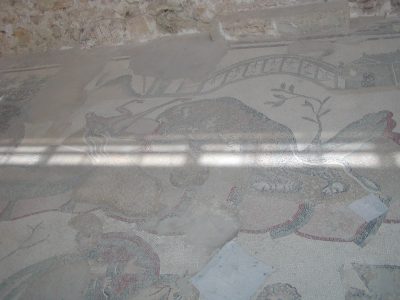
2001-09-13-145321 -
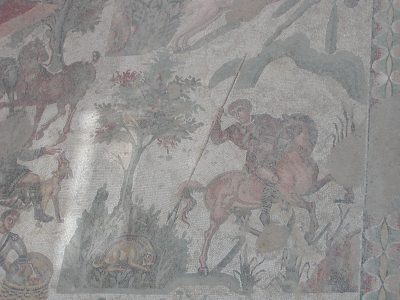
2001-09-13-144125 -
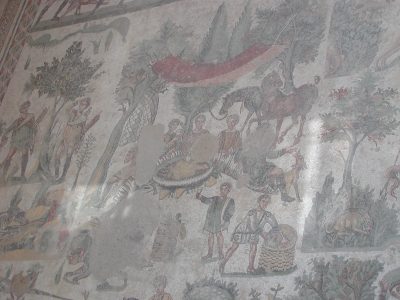
2001-09-13-144116 -
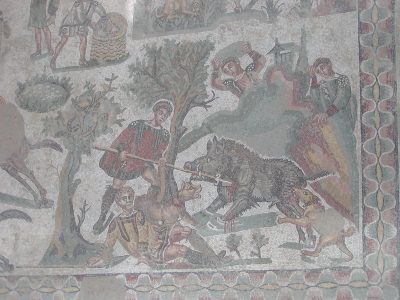
Villa Romana del Casale - mosaic of dramatic wild boar hunt -
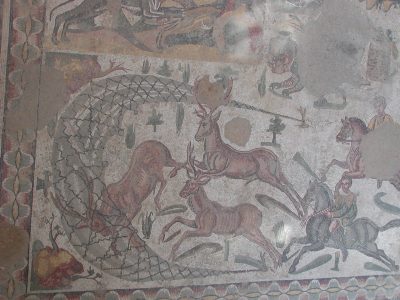
2001-09-13-143630 -
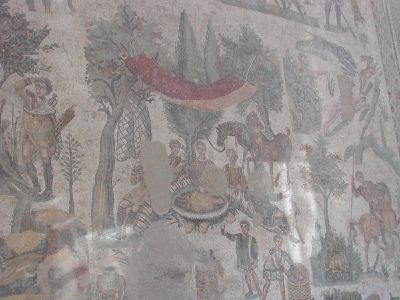
2001-09-13-143619 -

2001-09-13-143600 -
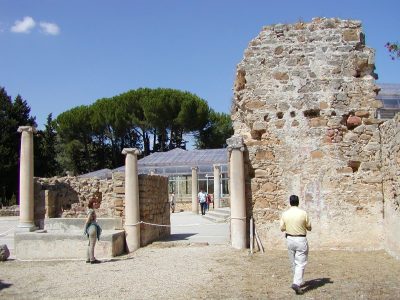
2001-09-13-135707 -
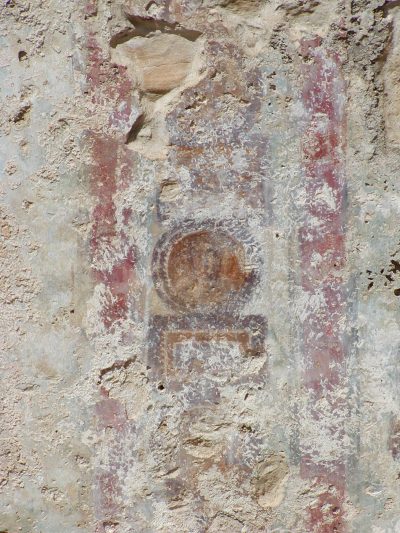
2001-09-13-135654 -
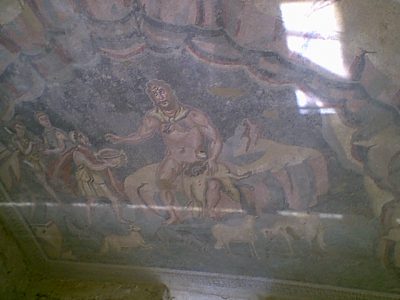
2000-08-06-145105 -
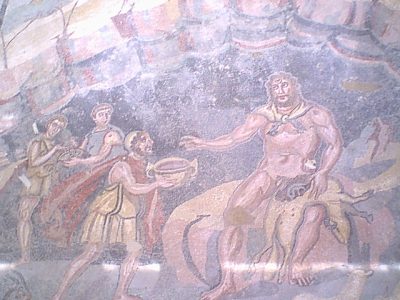
2000-08-06-144933 -
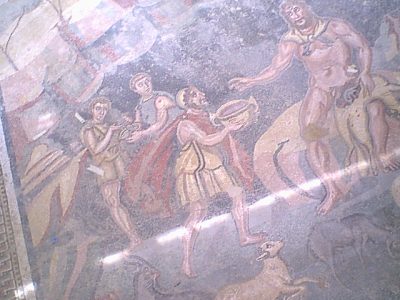
2000-08-06-144919 -

Villa Romana del Casale - Wall-paintings in the Cubicle with Erotic Mosaic -
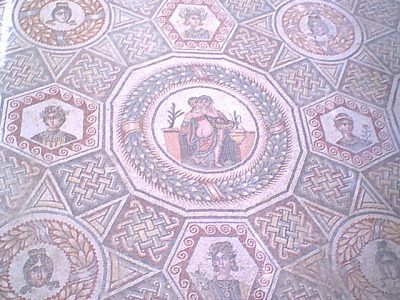
2000-08-06-144754 -
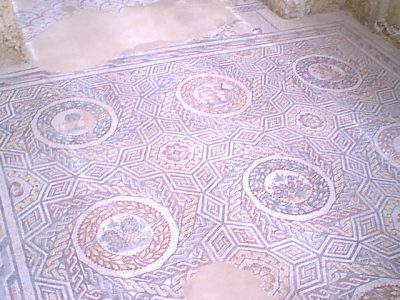
2000-08-06-144733 -
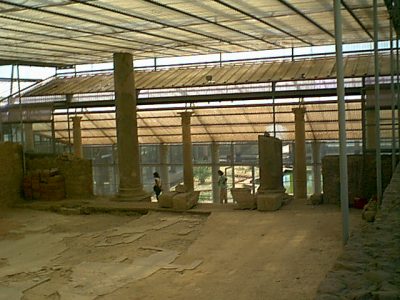
2000-08-06-144526 -
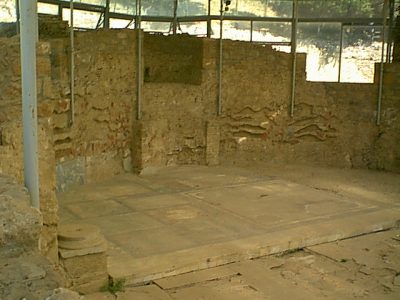
2000-08-06-144453 -
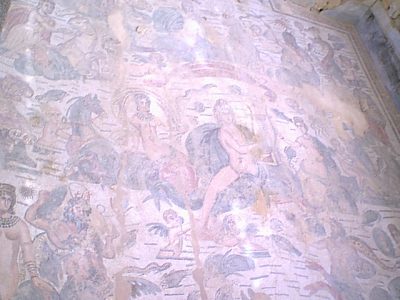
2000-08-06-144200 -
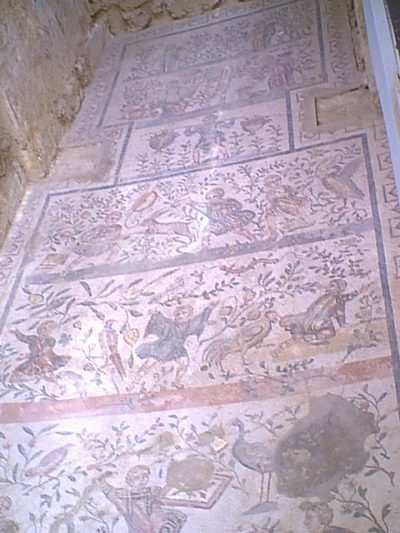
2000-08-06-143946 -
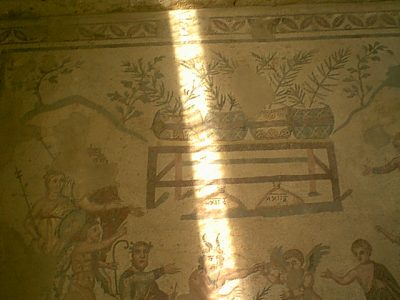
2000-08-06-143912 -
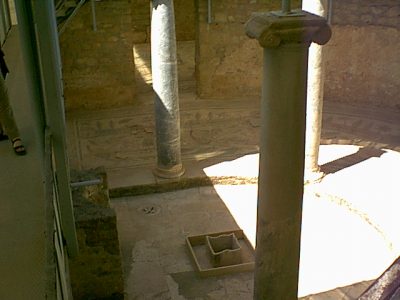
2000-08-06-143820 -
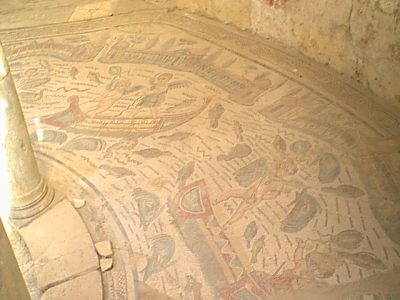
2000-08-06-143812 -
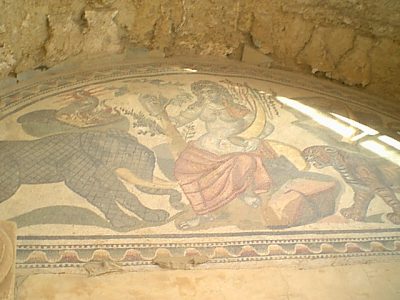
2000-08-06-143748 -
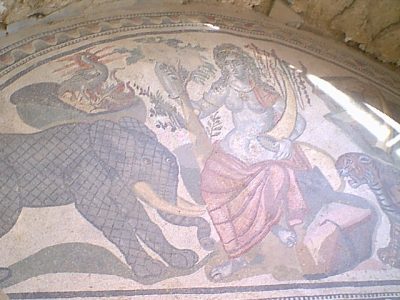
2000-08-06-143723 -
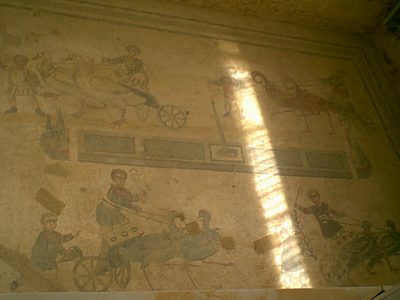
2000-08-06-143620 -
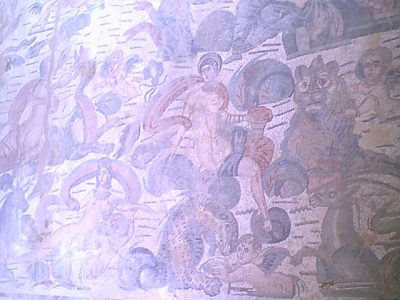
2000-08-06-143549 -
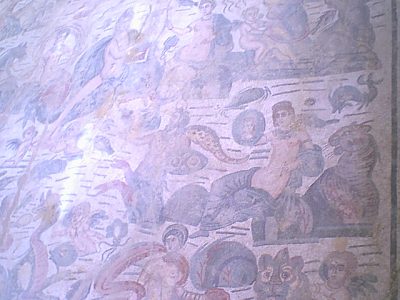
2000-08-06-143155 -
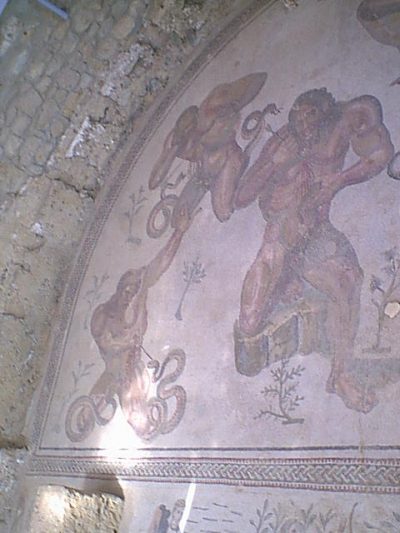
2000-08-06-142543 -
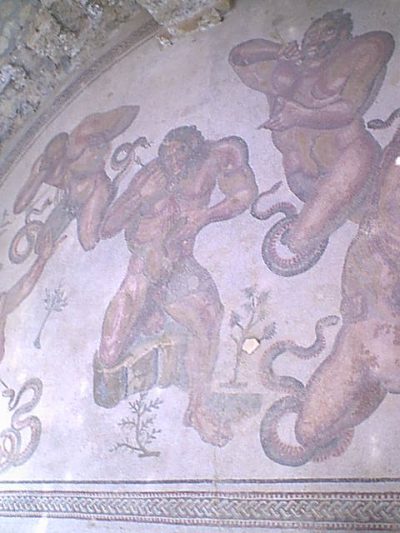
2000-08-06-142541 -
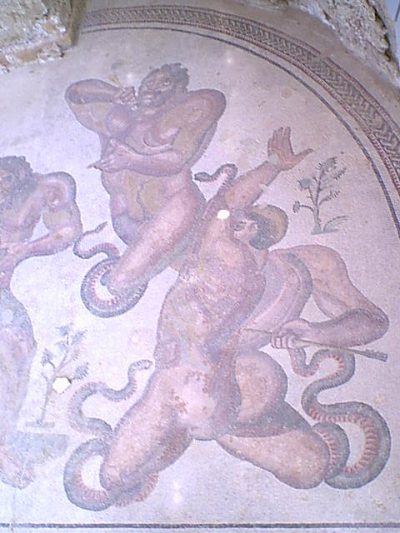
2000-08-06-142538 -
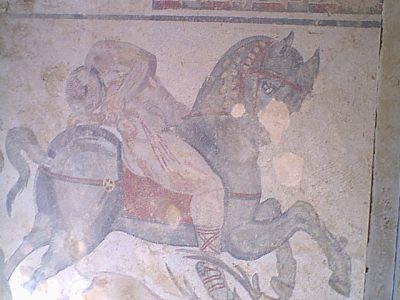
2000-08-06-142515 -
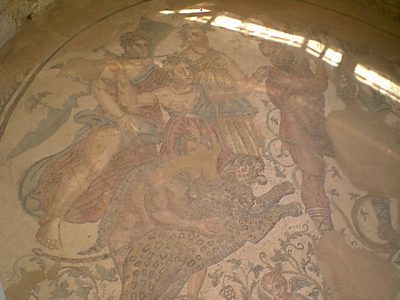
2000-08-06-142426 -
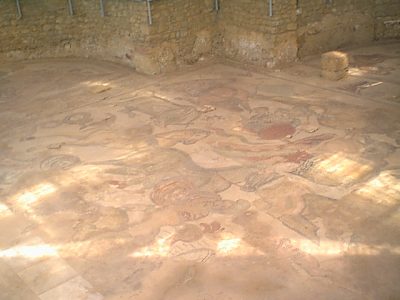
2000-08-06-142330 -
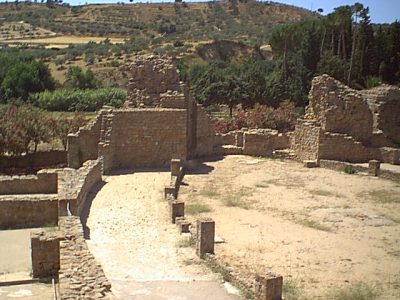
2000-08-06-142240 -
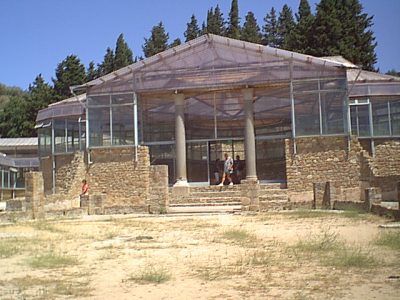
2000-08-06-135839 -
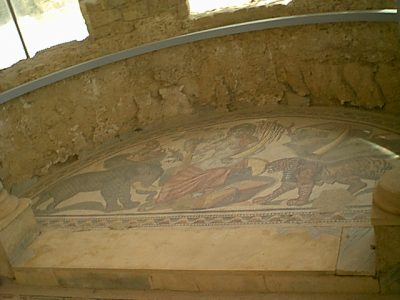
2000-08-06-135511 -
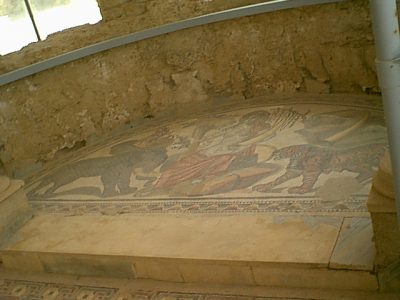
2000-08-06-135407 -
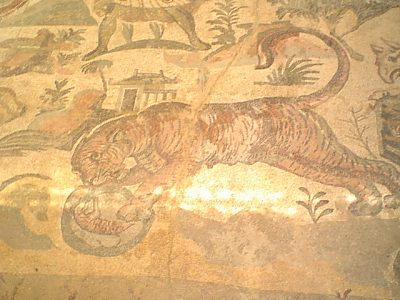
2000-08-06-135359 -
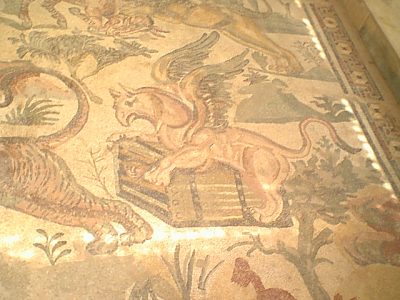
2000-08-06-135355 -
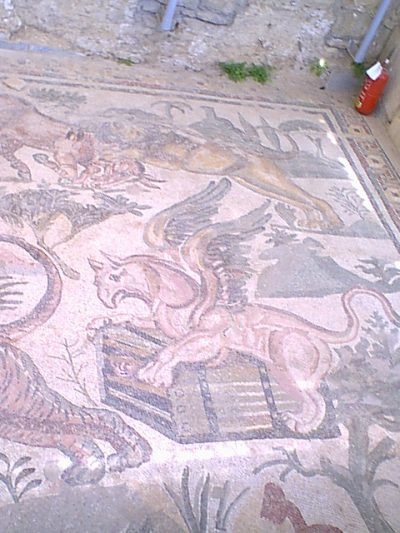
2000-08-06-135341 -
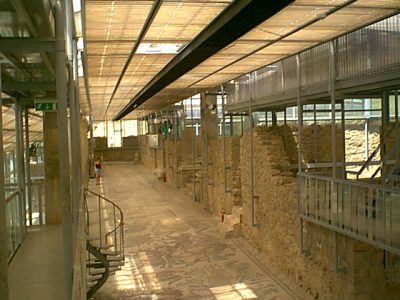
Villa Romana del Casale - The Great Corridor with the visitors platforms -
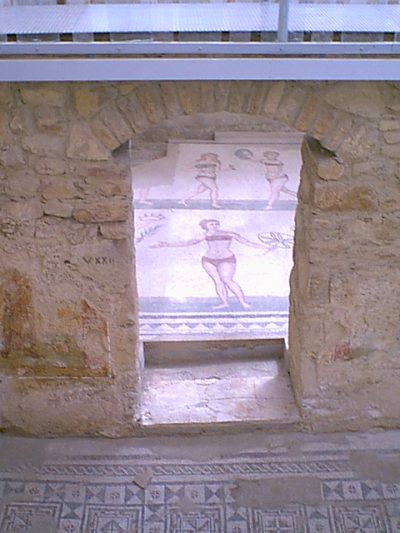
2000-08-06-135200 -
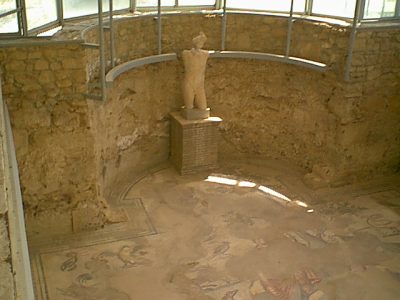
2000-08-06-135036 -
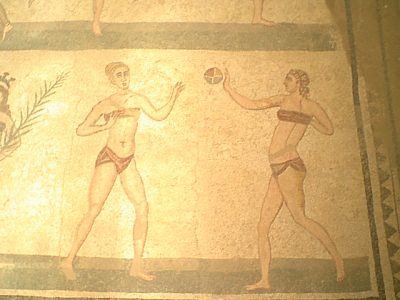
2000-08-06-134809 -
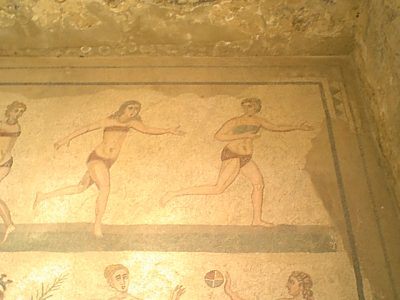
2000-08-06-134805 -
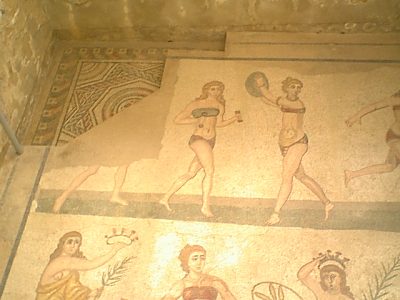
2000-08-06-134752 -
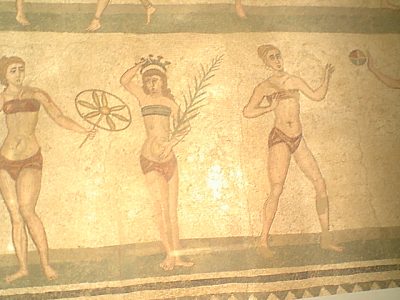
2000-08-06-134749 -
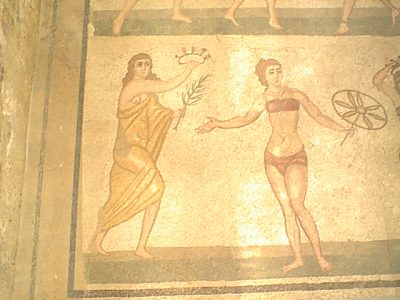
2000-08-06-134734 -
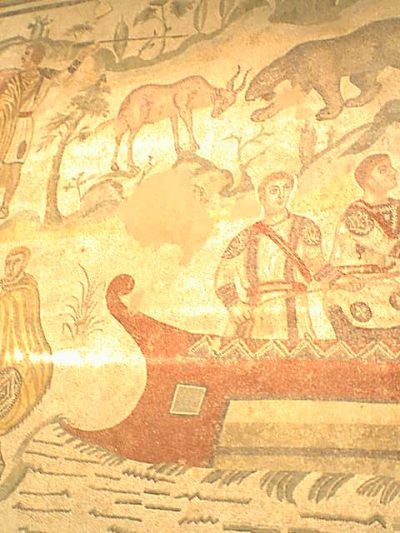
2000-08-06-134518 -
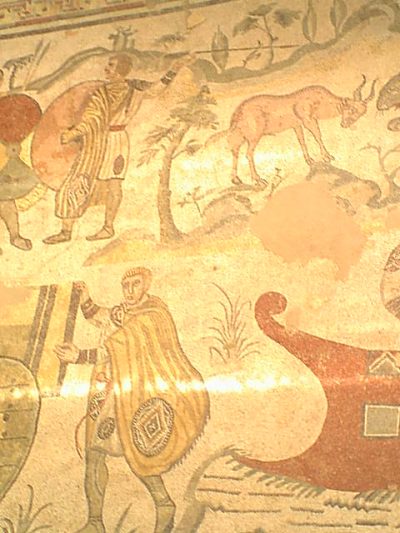
2000-08-06-134510 -
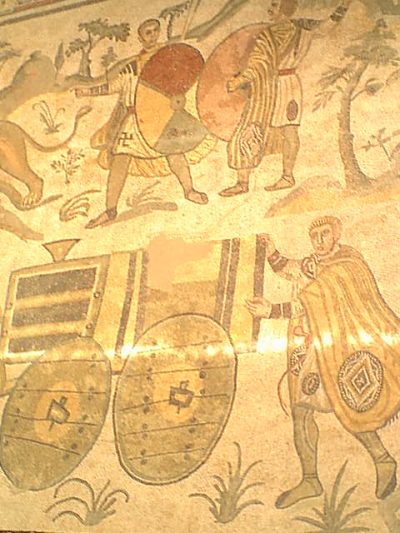
2000-08-06-134506 -
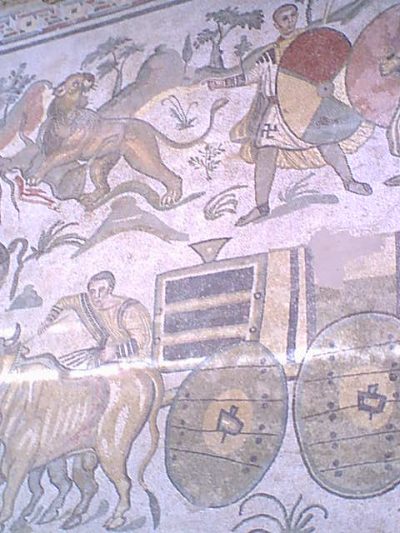
2000-08-06-134501 -
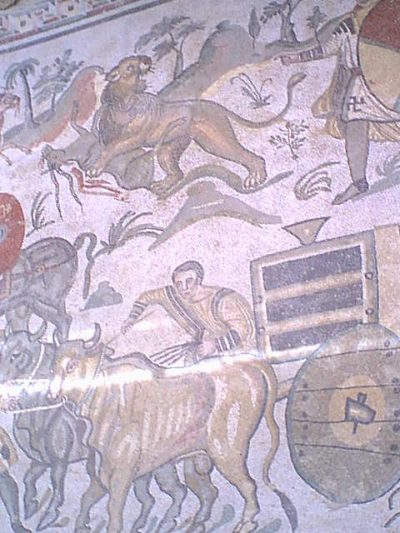
2000-08-06-134456 -
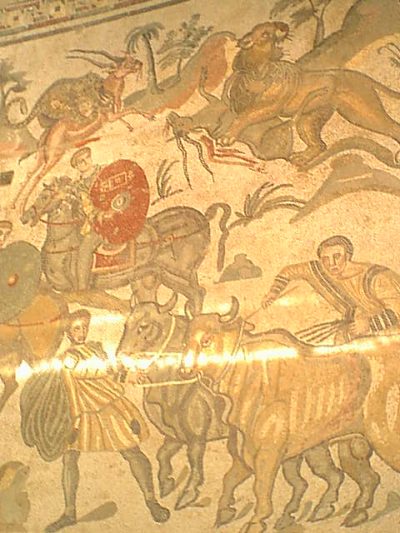
2000-08-06-134452 -
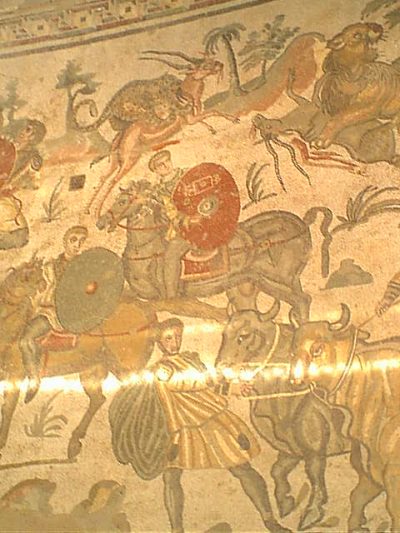
2000-08-06-134447 -

2000-08-06-134442 -
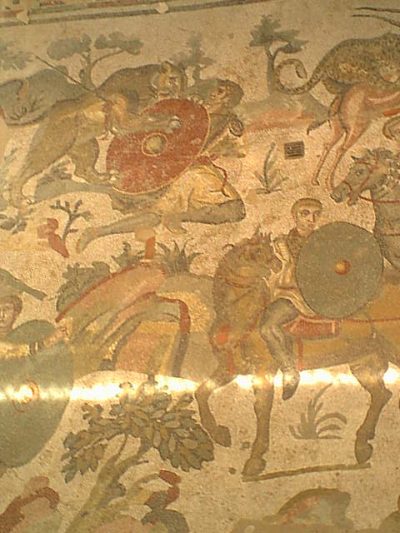
2000-08-06-134436 -
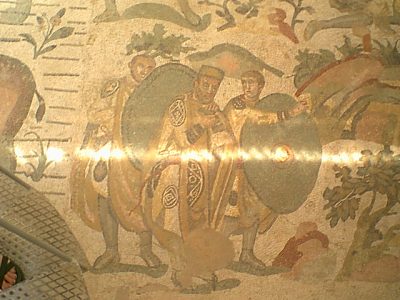
2000-08-06-134414 -
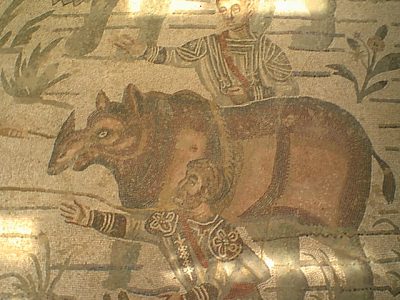
2000-08-06-134336 -
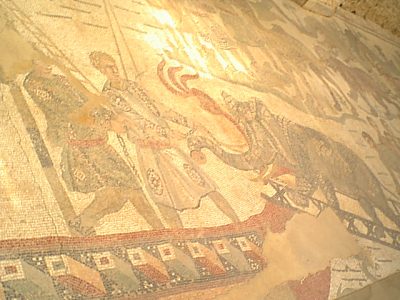
2000-08-06-134258 -
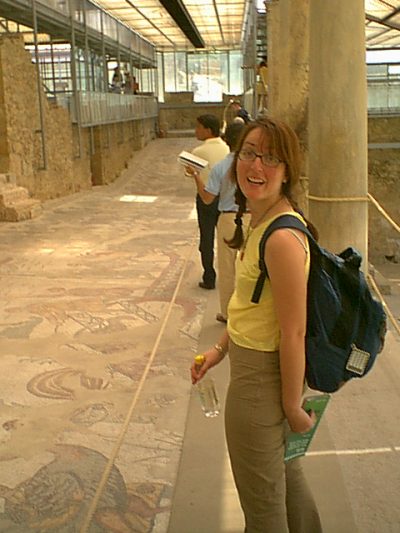
2000-08-06-134128 -
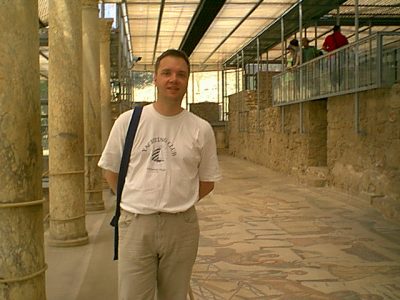
2000-08-06-134117 -
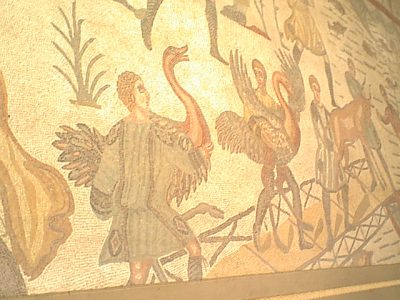
2000-08-06-134010 -
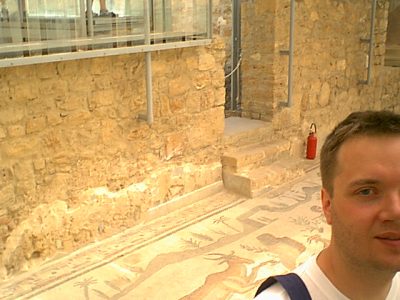
2000-08-06-133936 -
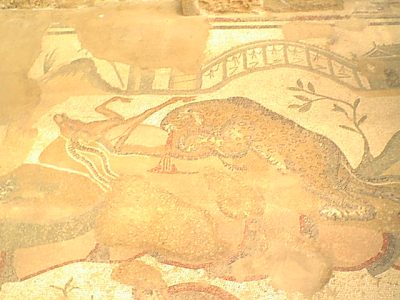
2000-08-06-133841 -
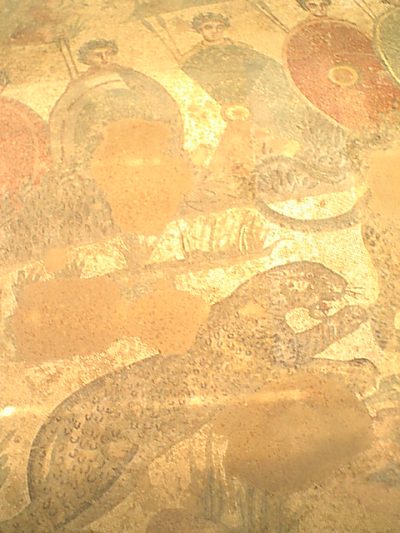
2000-08-06-133704 -
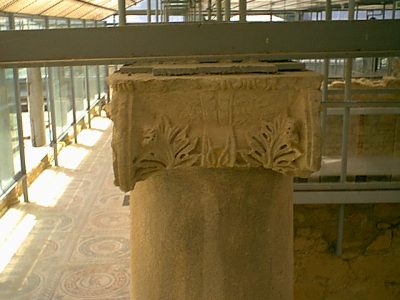
2000-08-06-133600 -
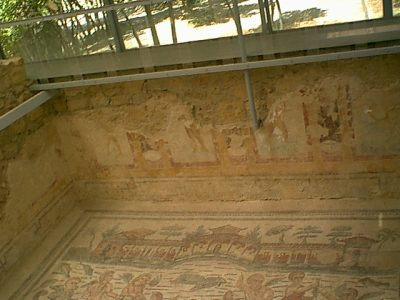
2000-08-06-133252 -
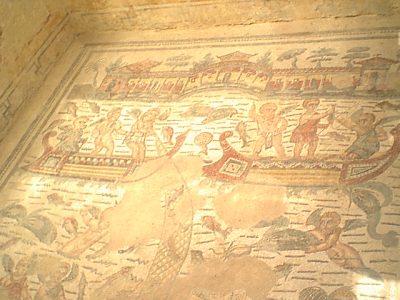
2000-08-06-133231 -
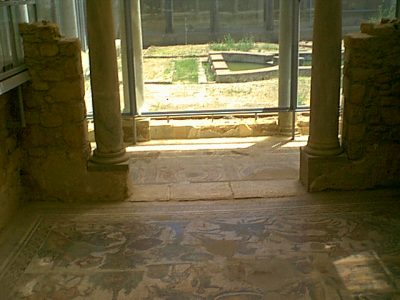
2000-08-06-133156 -
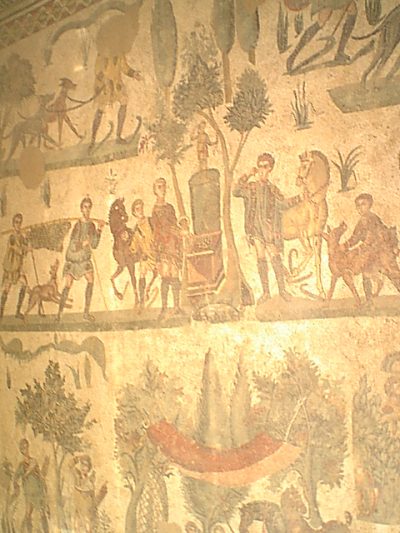
2000-08-06-133128 -
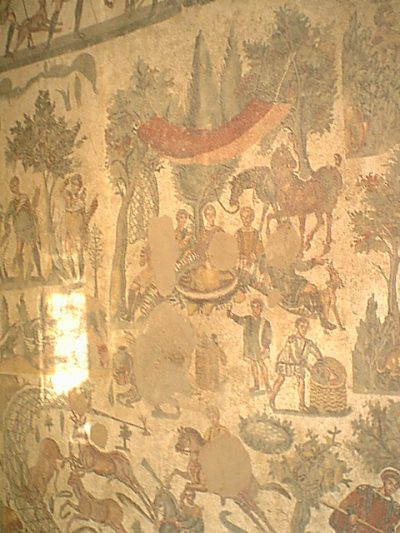
2000-08-06-133123 -
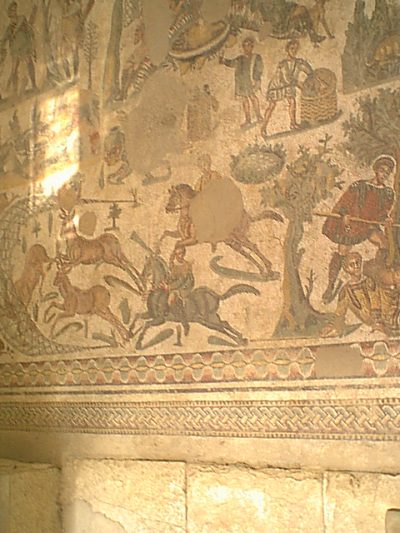
2000-08-06-133117 -

2000-08-06-133107 -
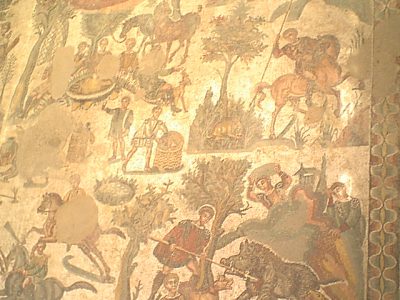
2000-08-06-133101 -
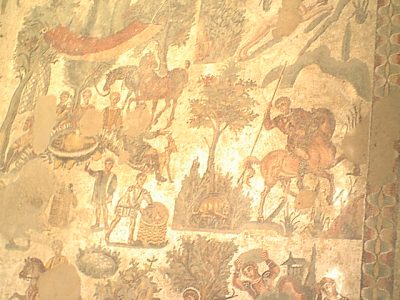
2000-08-06-133056 -
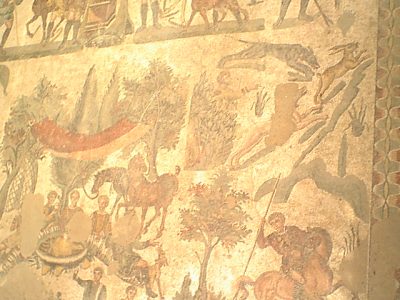
2000-08-06-133051 -
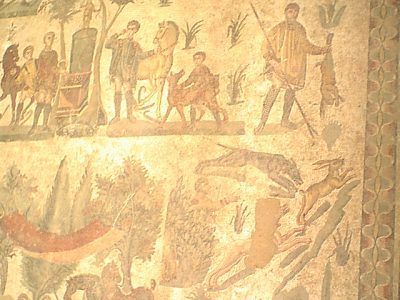
2000-08-06-133046 -
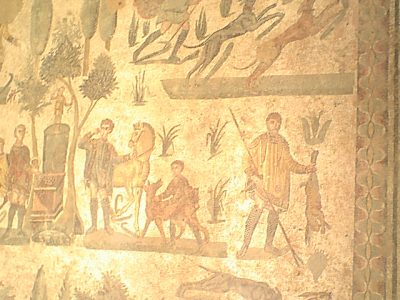
2000-08-06-133040 -
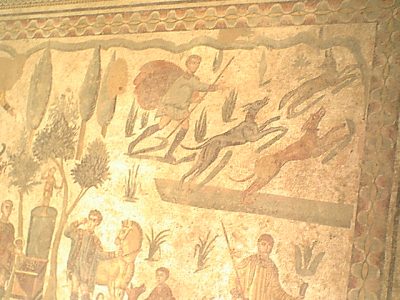
2000-08-06-133035 -
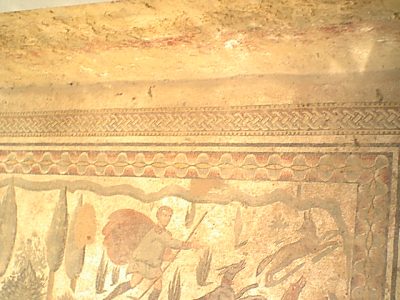
2000-08-06-133030 -
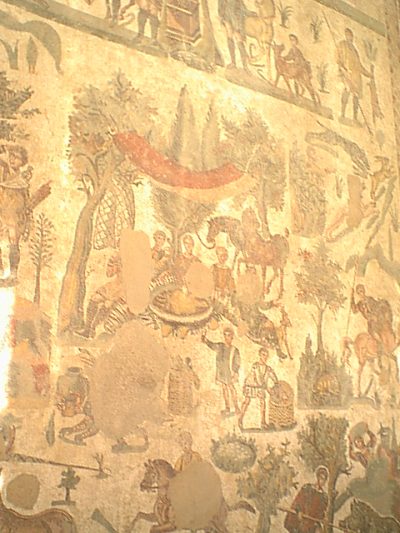
2000-08-06-133004 -
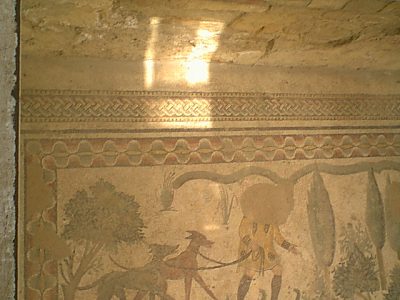
2000-08-06-132912 -
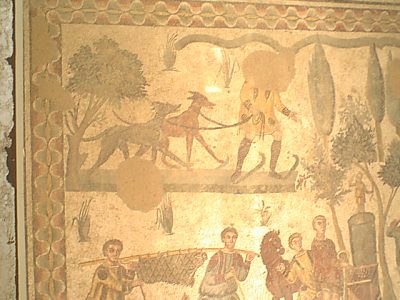
2000-08-06-132908 -
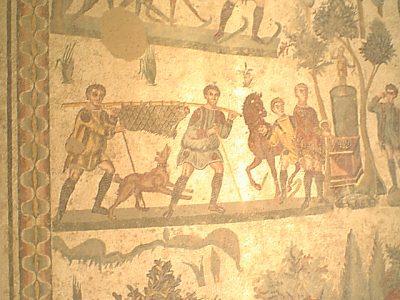
2000-08-06-132904 -
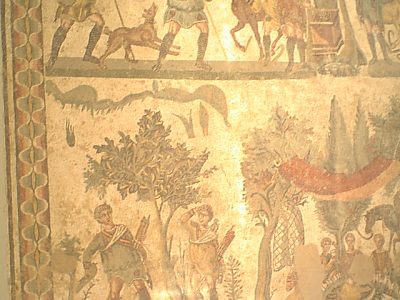
2000-08-06-132857 -
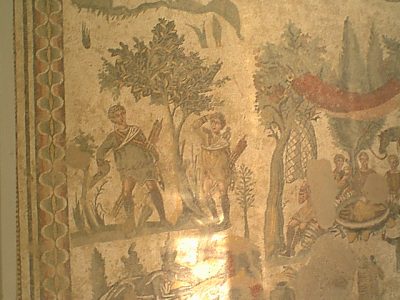
2000-08-06-132853 -
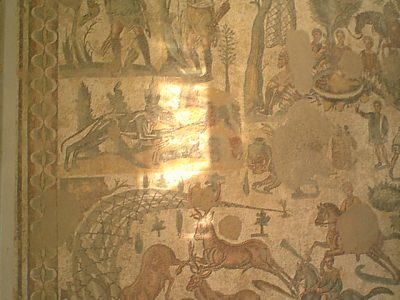
2000-08-06-132846 -
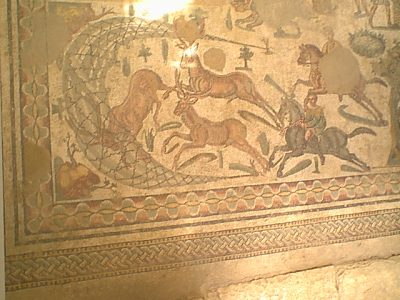
2000-08-06-132840 -
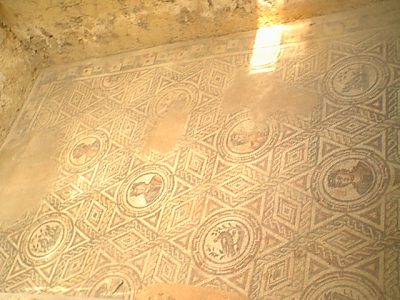
2000-08-06-132734 -

2000-08-06-132706 -
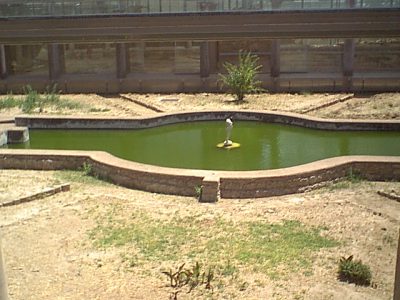
2000-08-06-132634 -
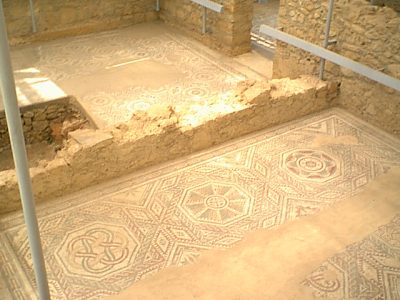
2000-08-06-132619 -
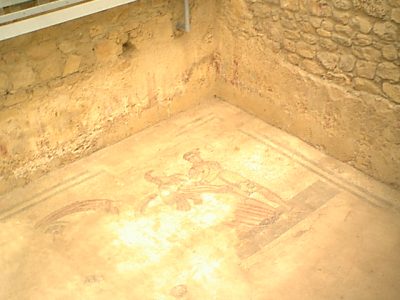
2000-08-06-132600 -
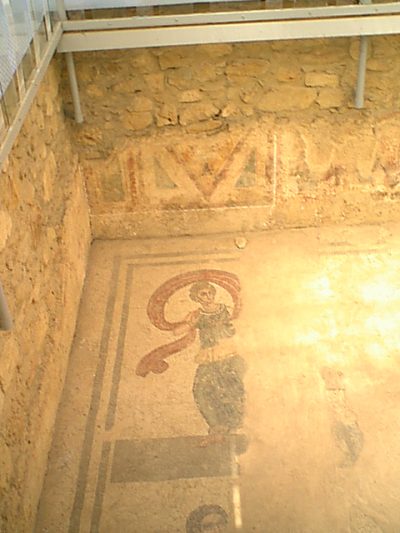
2000-08-06-132548 -
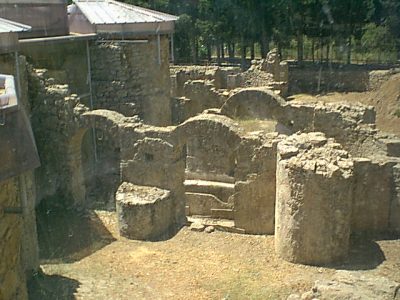
2000-08-06-132414 -

2000-08-06-132120 -
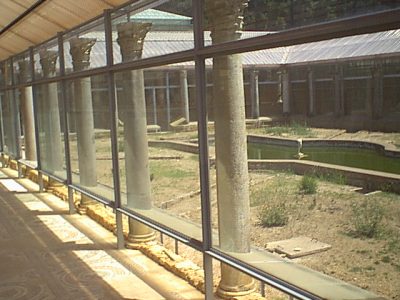
2000-08-06-132058 -
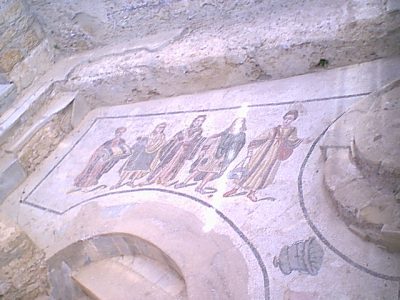
2000-08-06-132049 -
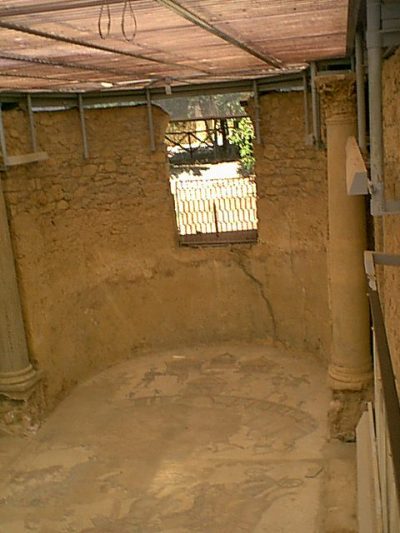
2000-08-06-132019 -
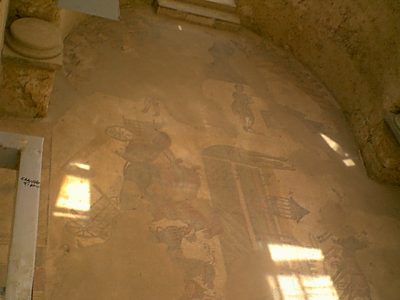
2000-08-06-132006 -
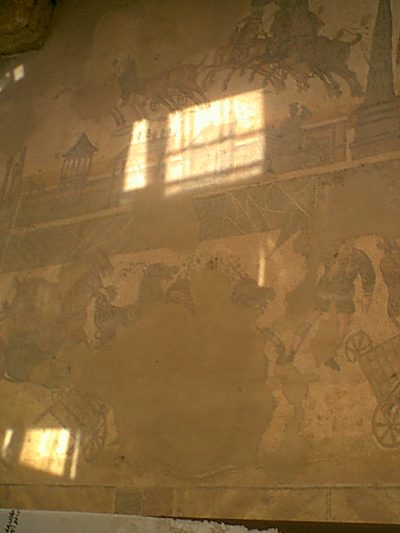
2000-08-06-132003 -
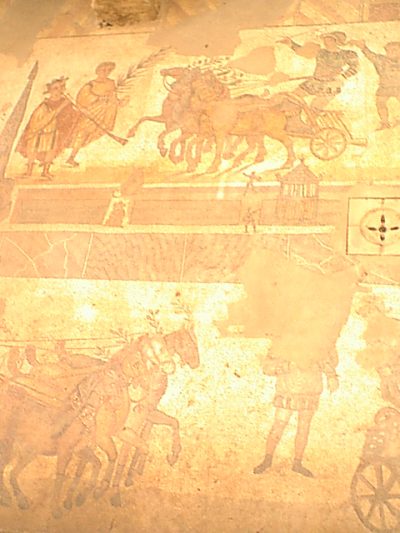
2000-08-06-131739 -
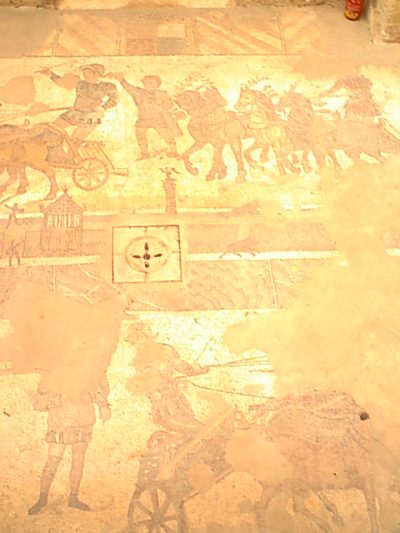
2000-08-06-131736 -
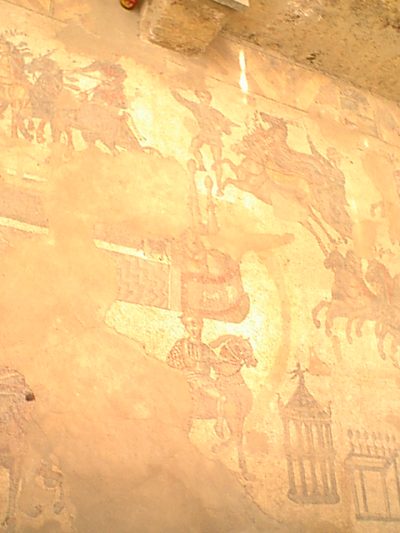
2000-08-06-131732 -
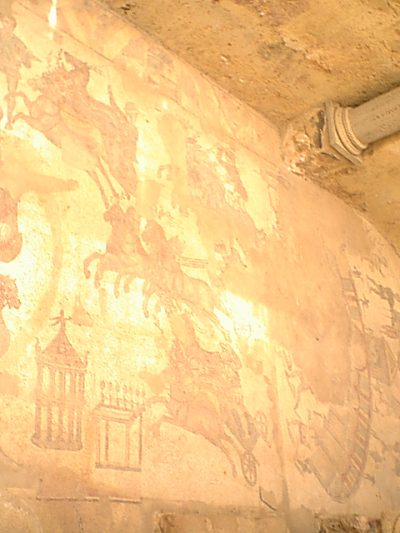
2000-08-06-131729 -
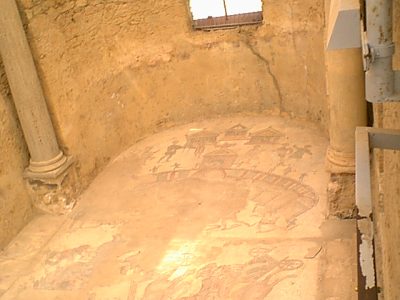
2000-08-06-131724 -
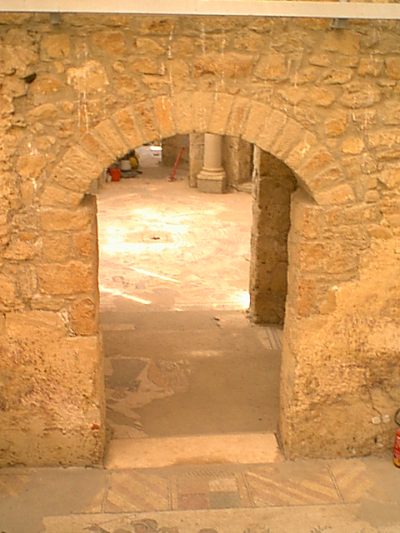
2000-08-06-131706 -
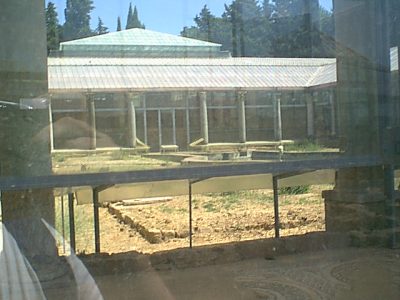
2000-08-06-131556 -
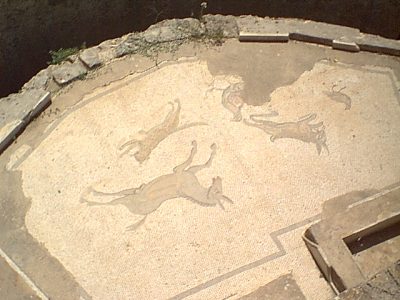
2000-08-06-131522 -
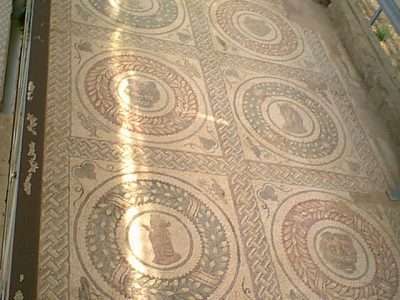
2000-08-06-131114 -
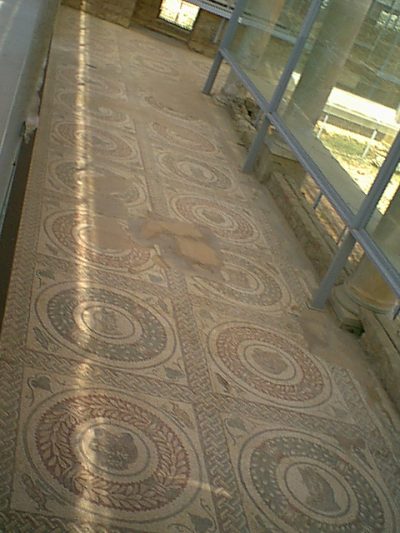
2000-08-06-131103 -
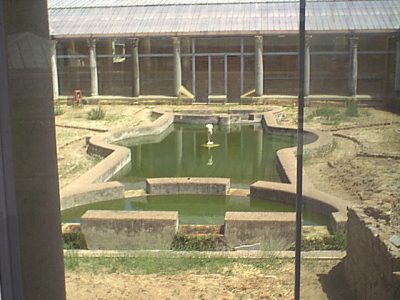
2000-08-06-131048 -
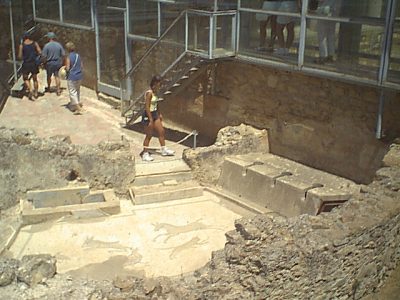
2000-08-06-131028 -
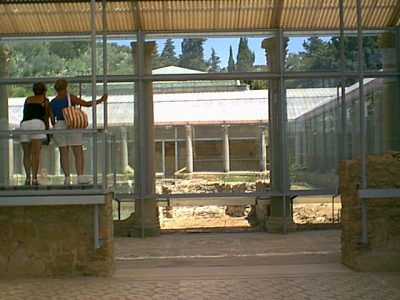
2000-08-06-130942 -
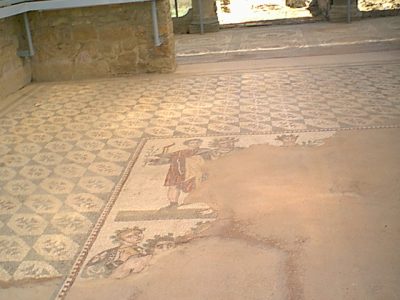
2000-08-06-130938 -
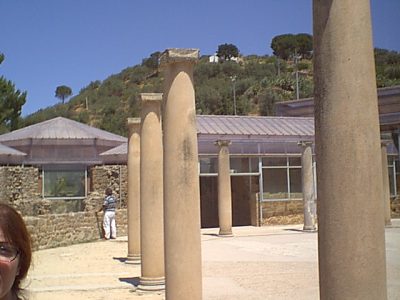
2000-08-06-130724 -
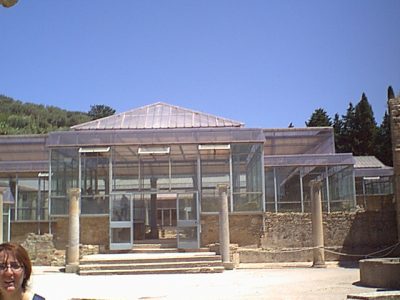
2000-08-06-130721 -
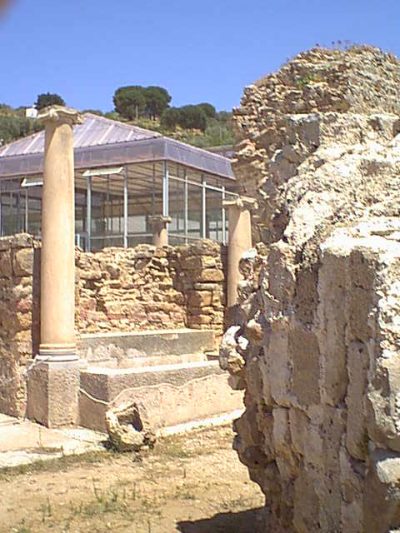
2000-08-06-130645 -

2000-08-06-130642 -
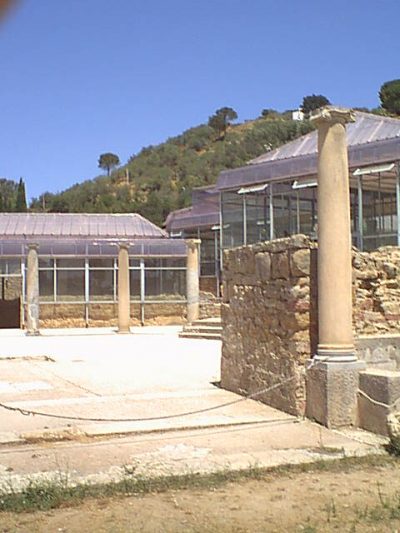
2000-08-06-130640 -
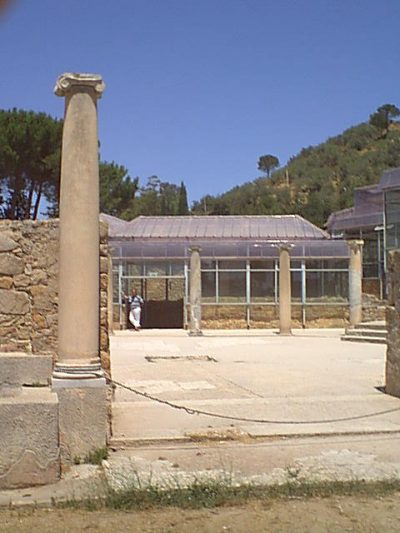
2000-08-06-130638 -
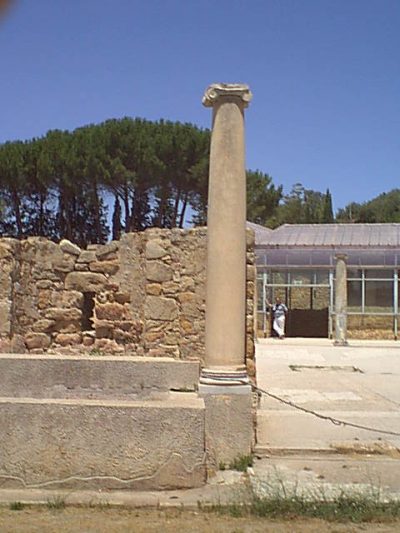
2000-08-06-130636 -
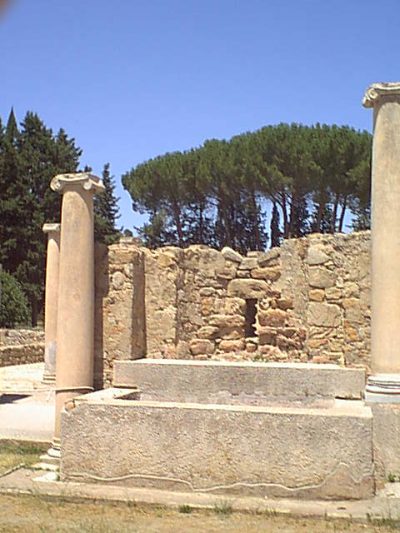
2000-08-06-130634 -
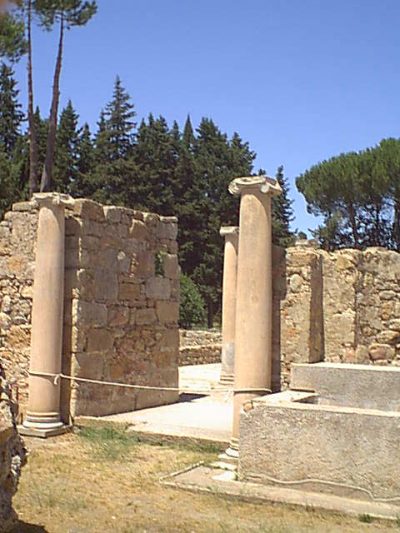
2000-08-06-130631 -
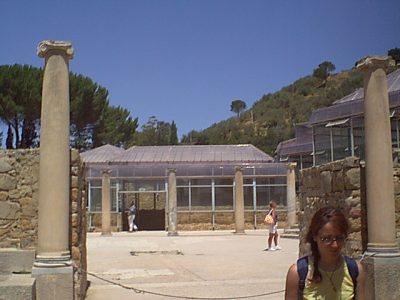
2000-08-06-130619 -
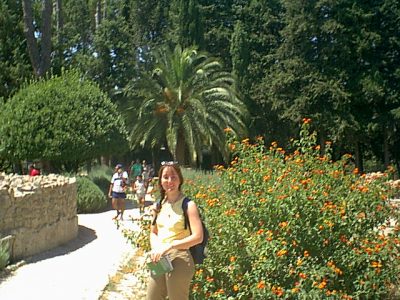
2000-08-06-130329 -
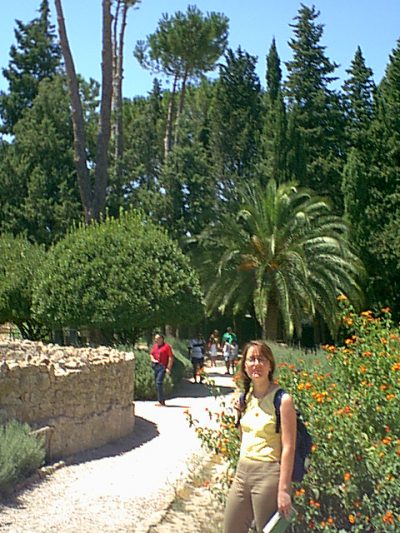
2000-08-06-130323 -
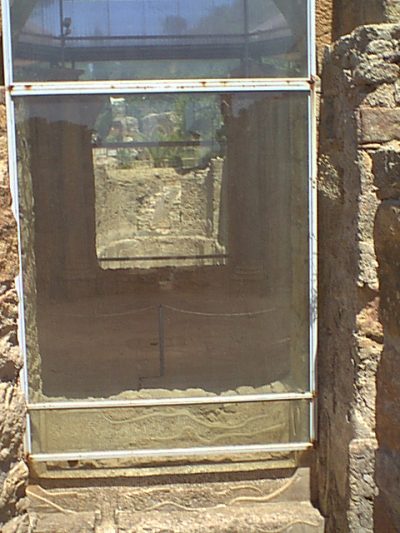
2000-08-06-130305 -
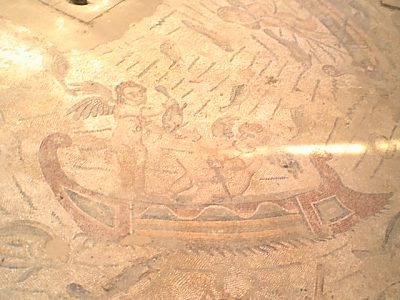
2000-08-06-125906 -
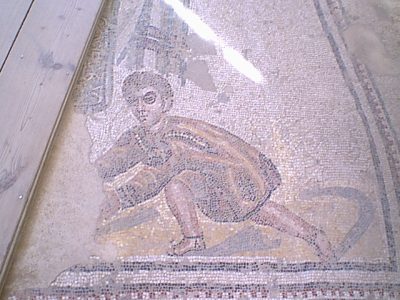
2000-08-06-125744 -
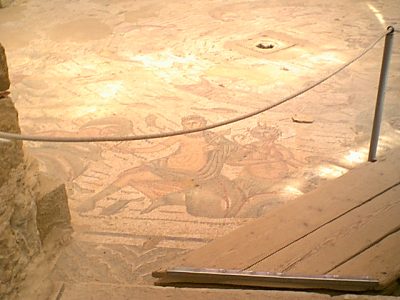
2000-08-06-125729 -
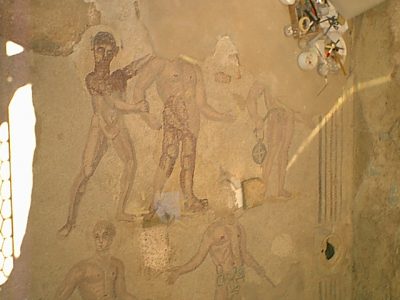
2000-08-06-125603 -
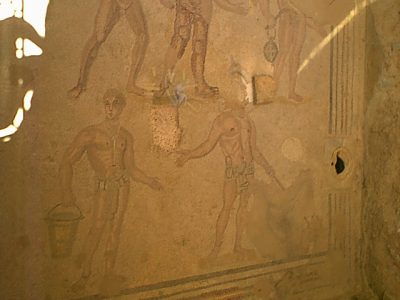
2000-08-06-125553 -
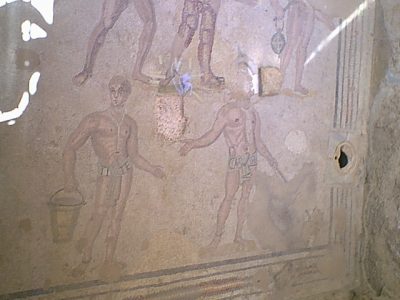
2000-08-06-125544 -
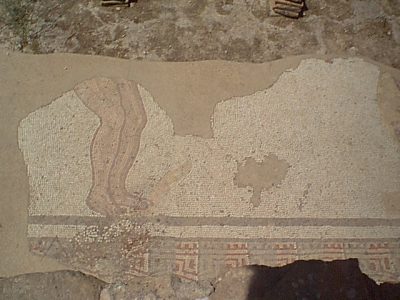
2000-08-06-125433 -
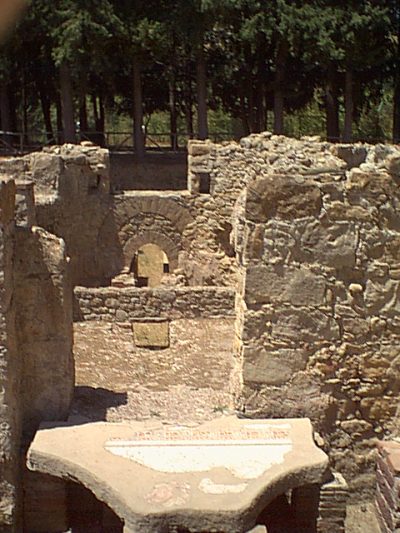
2000-08-06-125426 -
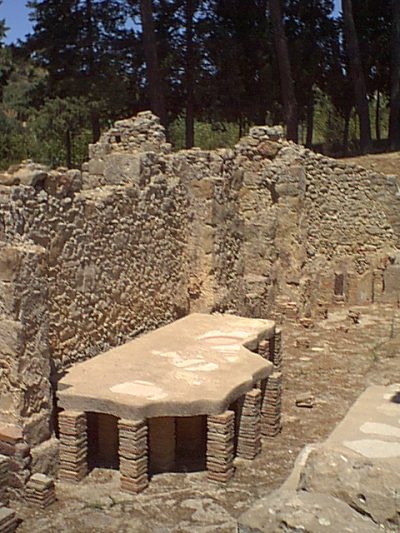
2000-08-06-125406 -
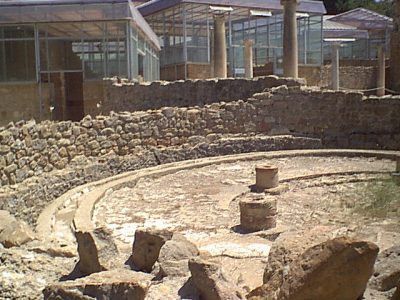
2000-08-06-125334 -
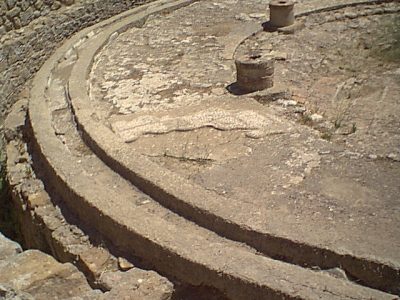
2000-08-06-125320 -
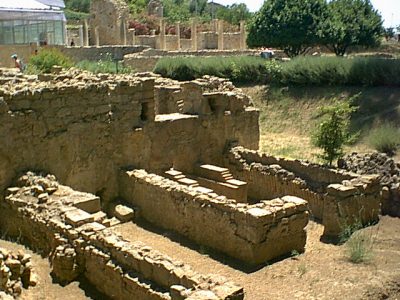
2000-08-06-125047 -
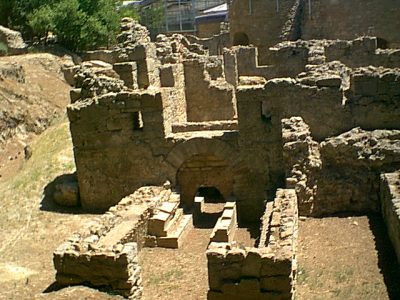
2000-08-06-125041 -
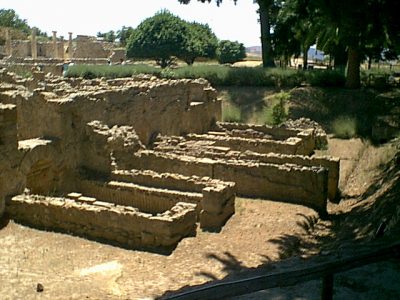
2000-08-06-125005 -
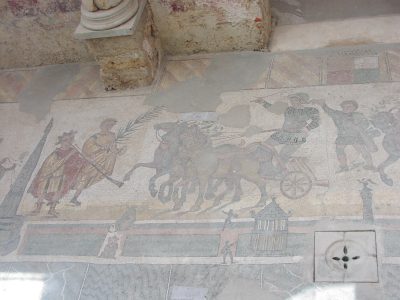
p1010220 -
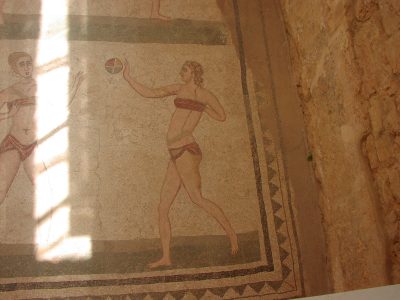
p1010234 -
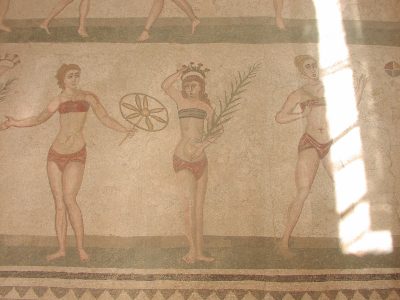
p1010235 -
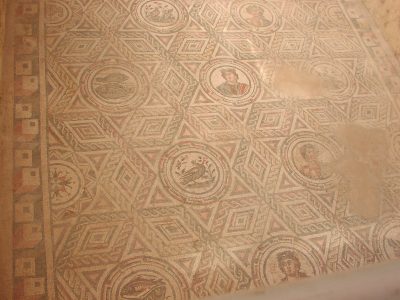
p1010226 -
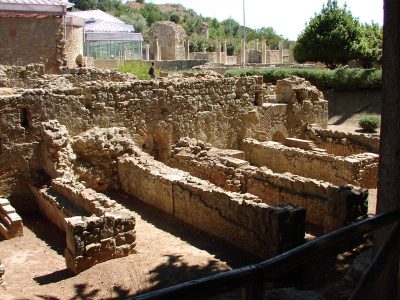
p1010211 -
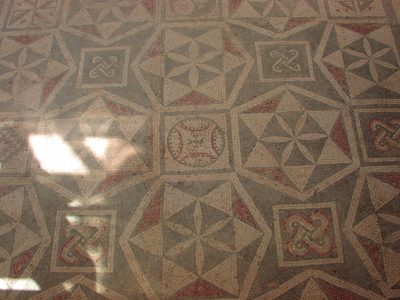
p1010224 -
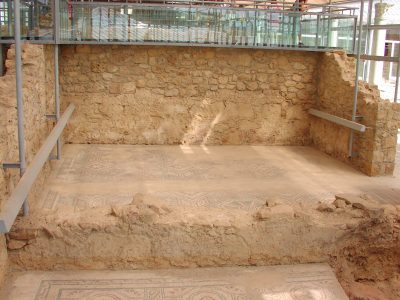
p1010223 -
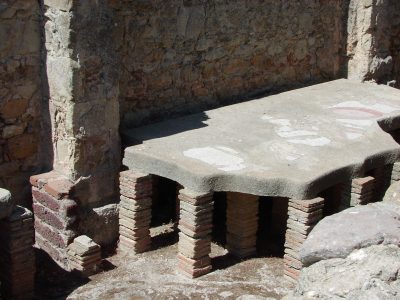
p1010212 -
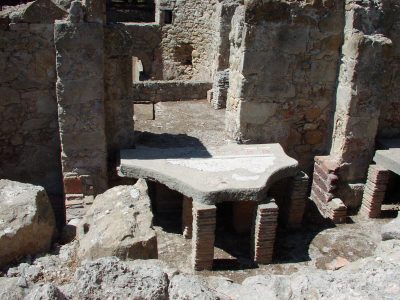
p1010213 -

p1010214 -
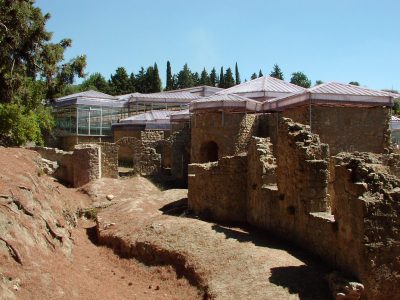
p1010210 -
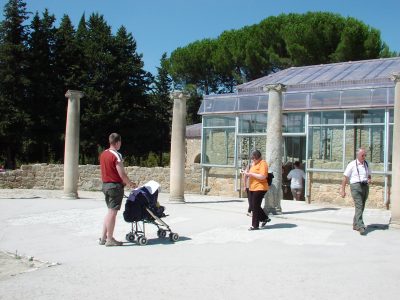
p1010216 -
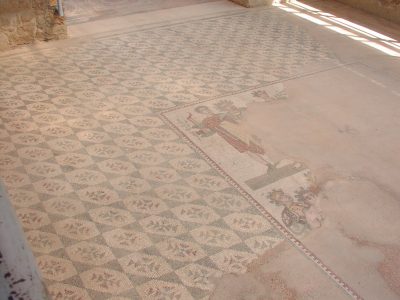
p1010217 -
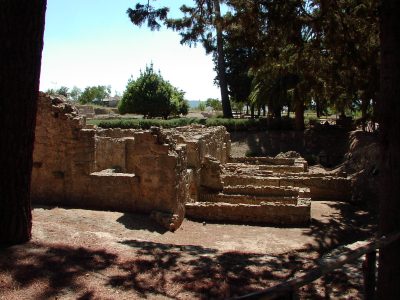
p1010209 -
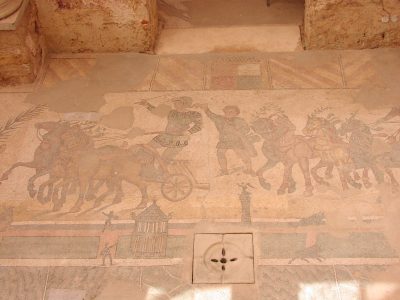
p1010219 -
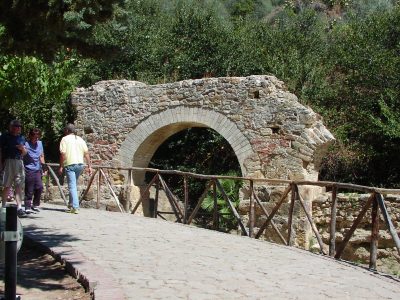
p1010208 -
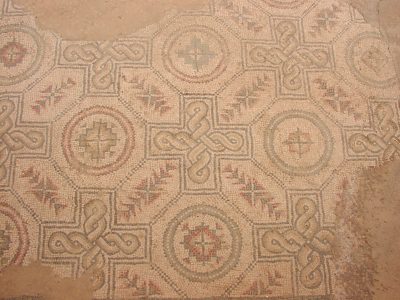
Villa Romana del Casale - Geometric mosaics in a service room -
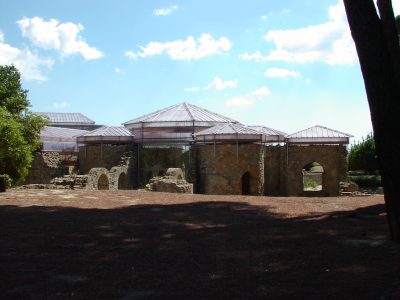
p1010236
Pages related to "Villa Romana del Casale"
Pages referring to "Villa Romana del Casale"
Sub-pages of "Villa Romana del Casale"
- Aqueducts
- Atrium
- Atrium of the Fishing Cupids
- Corridor of the Great Hunt
- Cubicle of Children Hunting
- Cubicle of Choruses and Actors
- Cubicle of Fruits
- Cubicle with Erotic Mosaic
- Elliptical Peristyle
- Entrance
- Great Basilica
- Guest room with geometric mosaic
- Hall of Arion
- Hall of Orpheus
- Internal latrine
- Latrine
- Octagonal Latrine
- Passage from the corridor to the elliptical peristyle
- Passage from the peristyle to the elliptical peristyle
- Peristyle
- Room of the Dance
- Room of the Fishing Cupids
- Room of the Little Hunt
- Room of the Seasons
- Room with Girls in Bikini
- Service rooms with geometric mosaics
- Tablinum
- Thermal baths
- Triclinium
- Vestibule of Eros and Pan
- Vestibule of Polyphemus
- Vestibule of the Small Circus

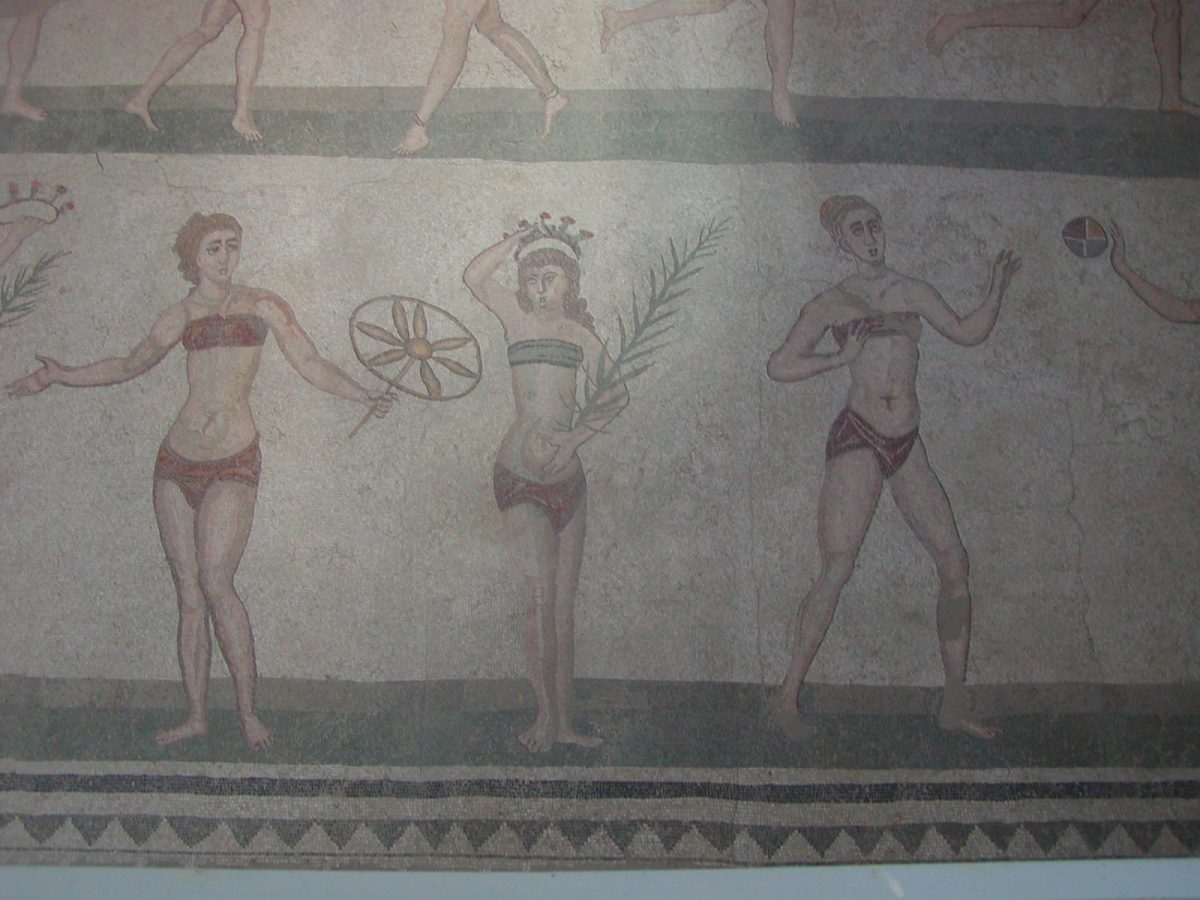
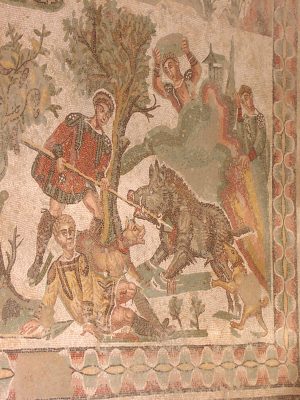
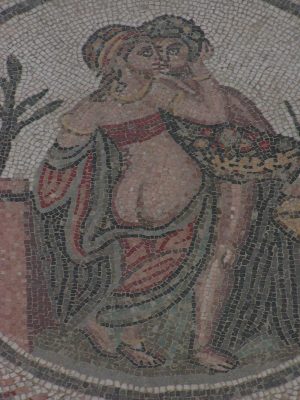


PORCHIER says:
Outstanding description, explanations and pictures of Villa del Casale… impressive work. Warm Congratulations.
2 February 2024 — 20:58